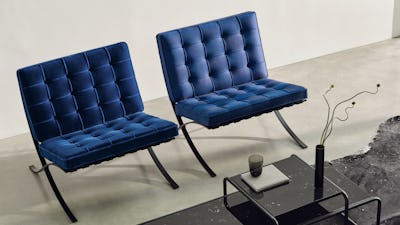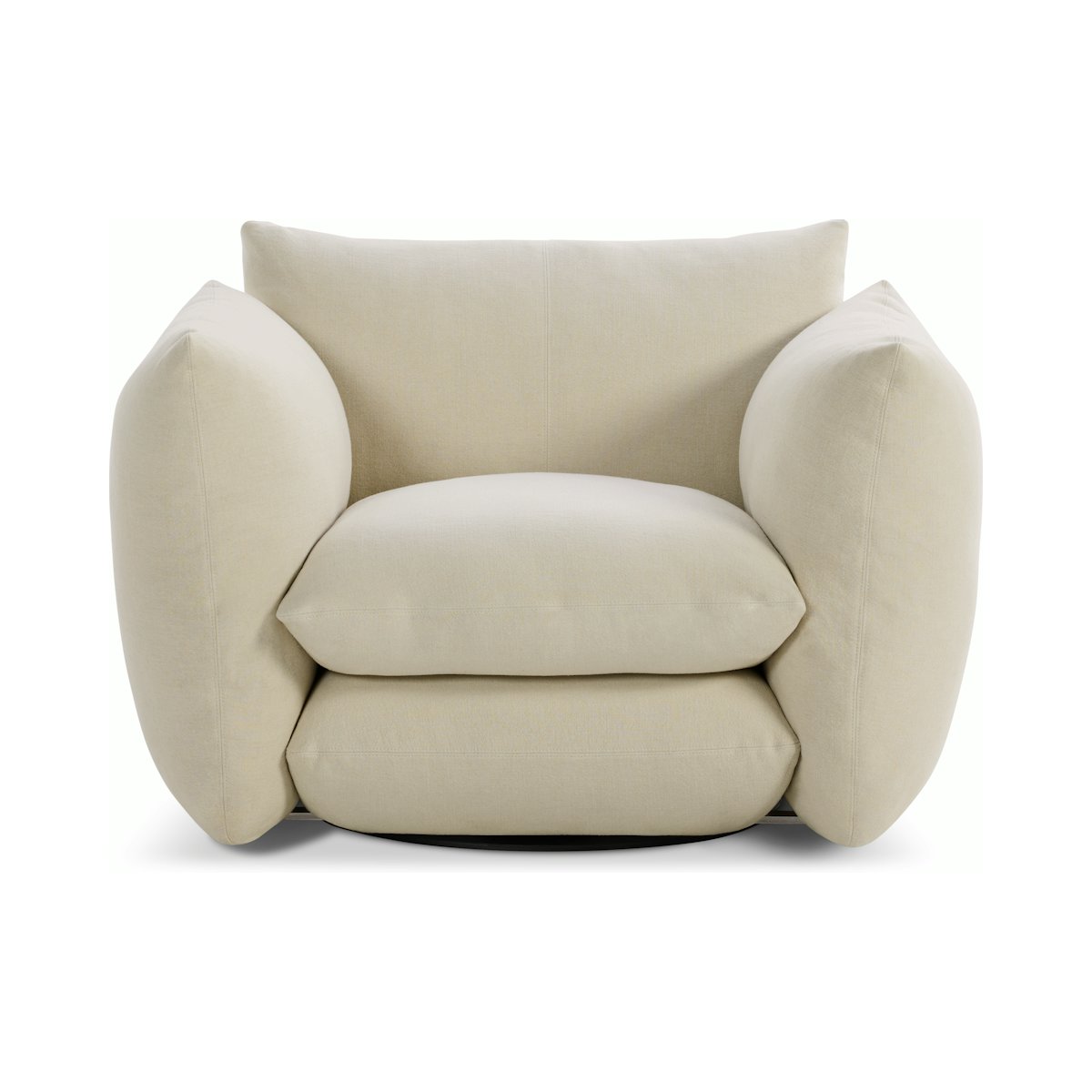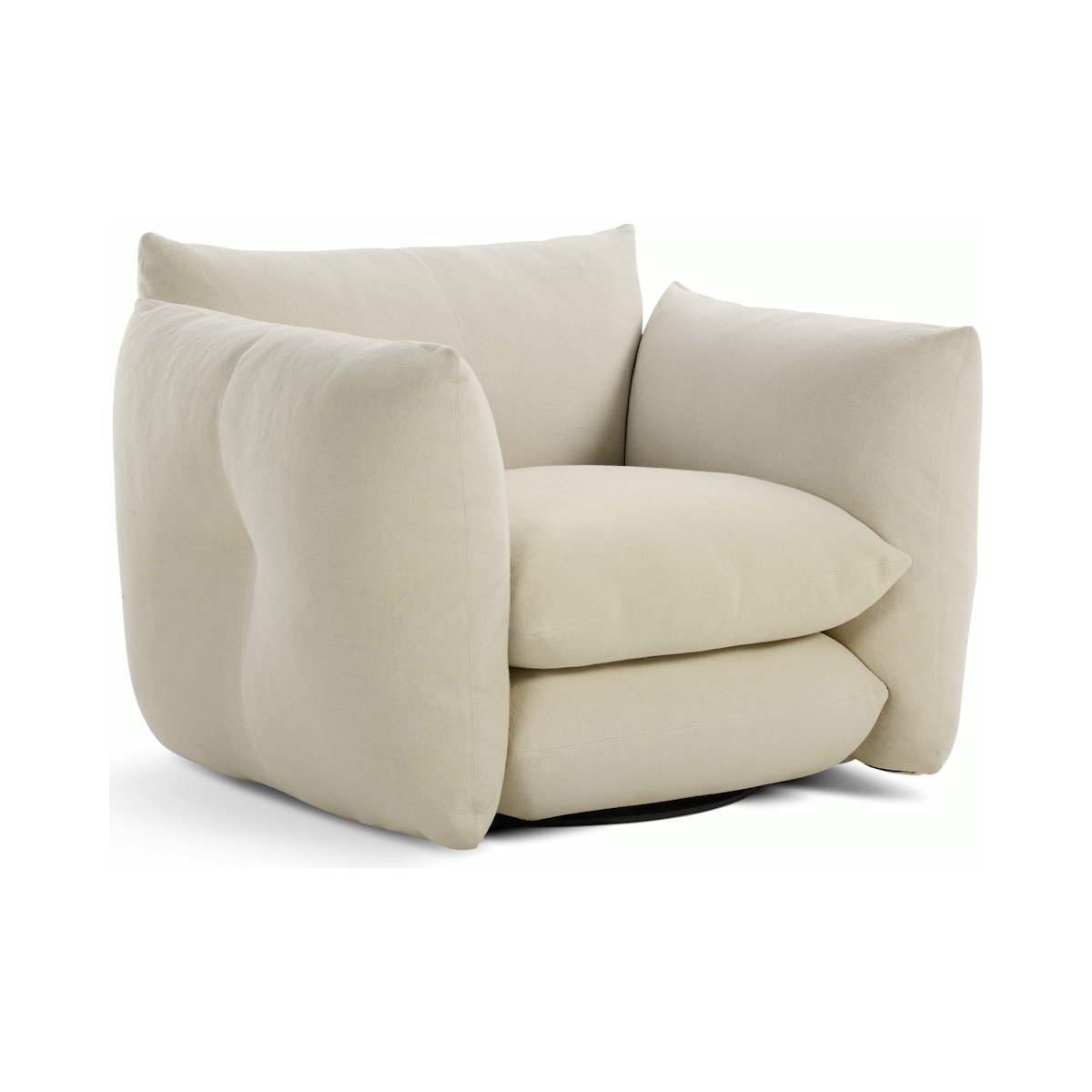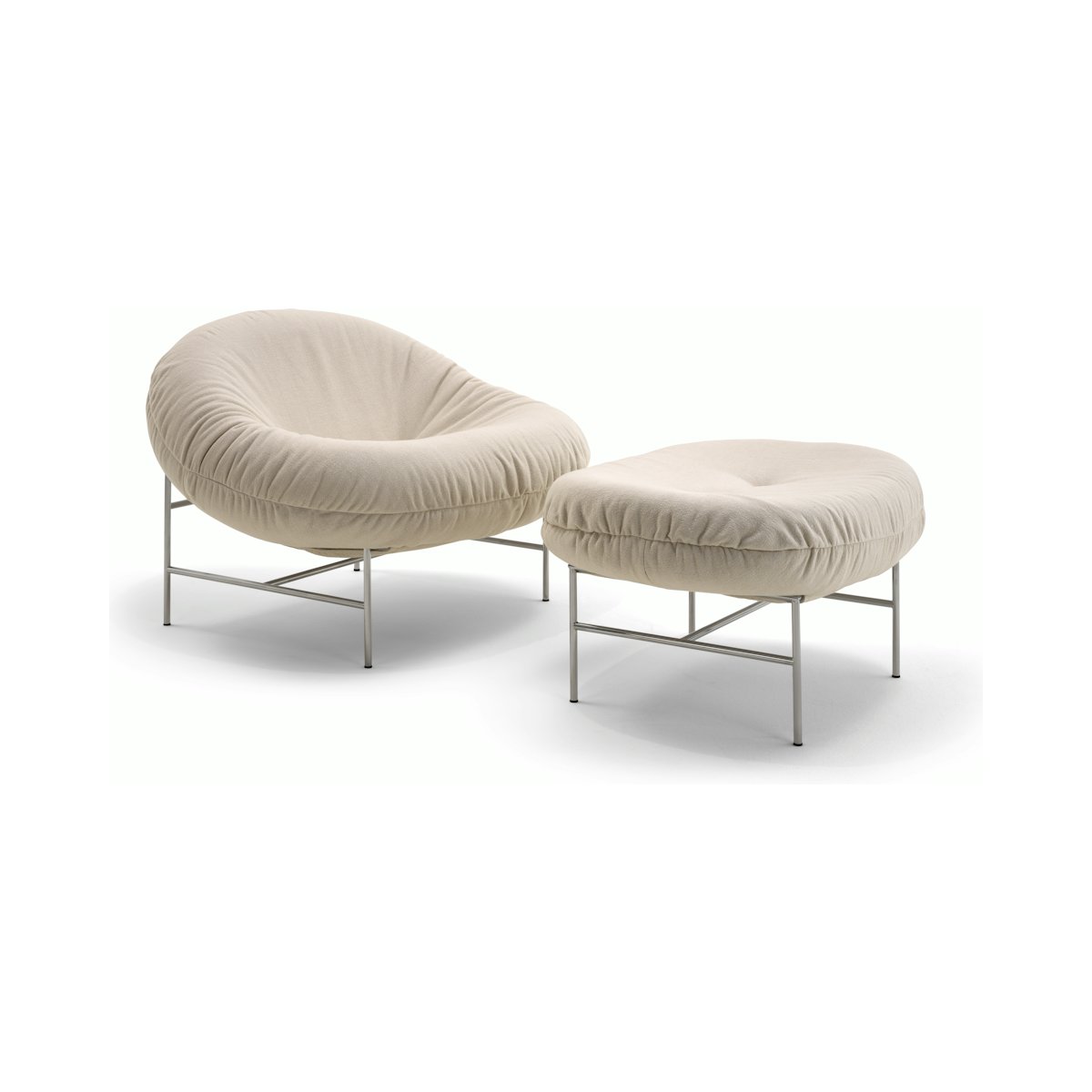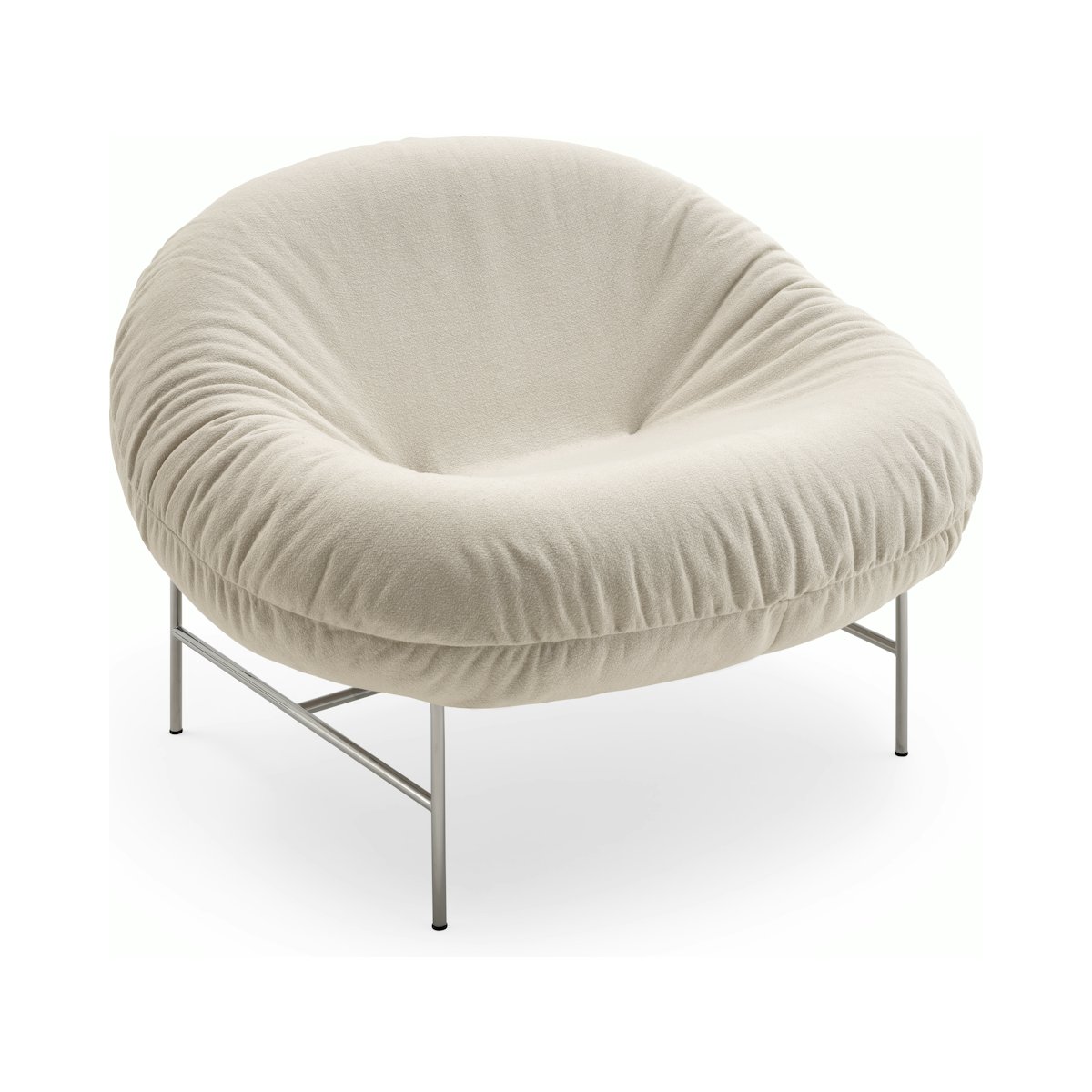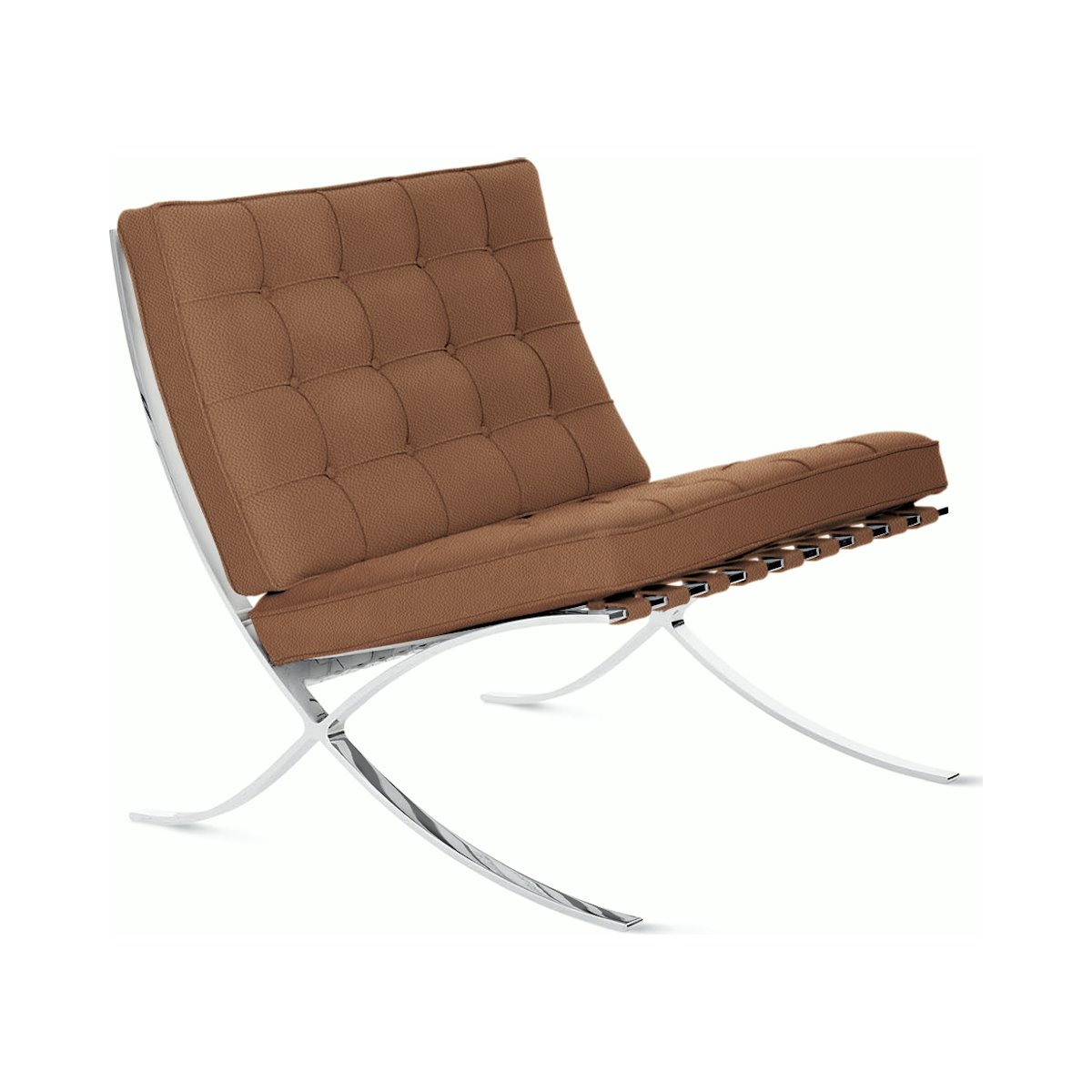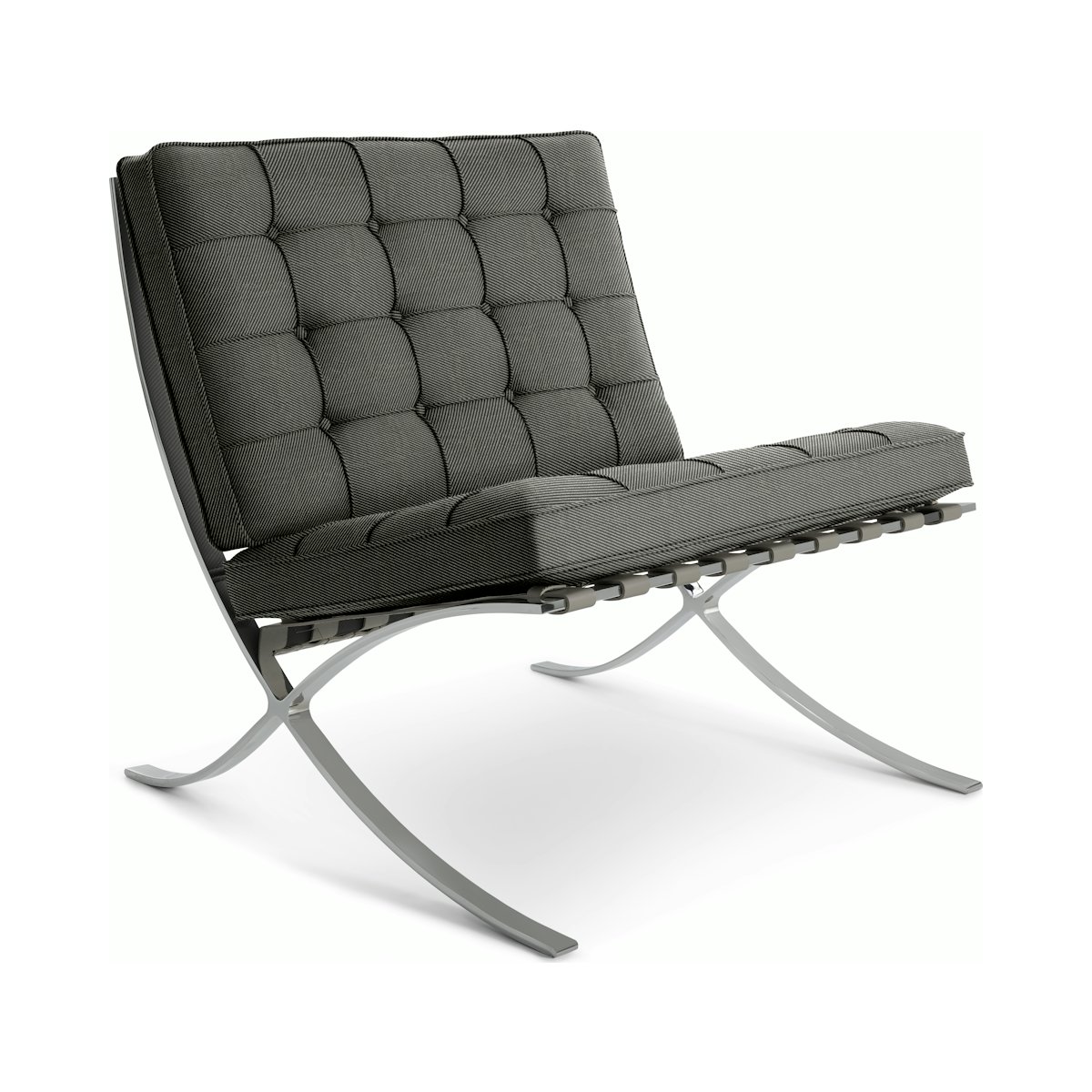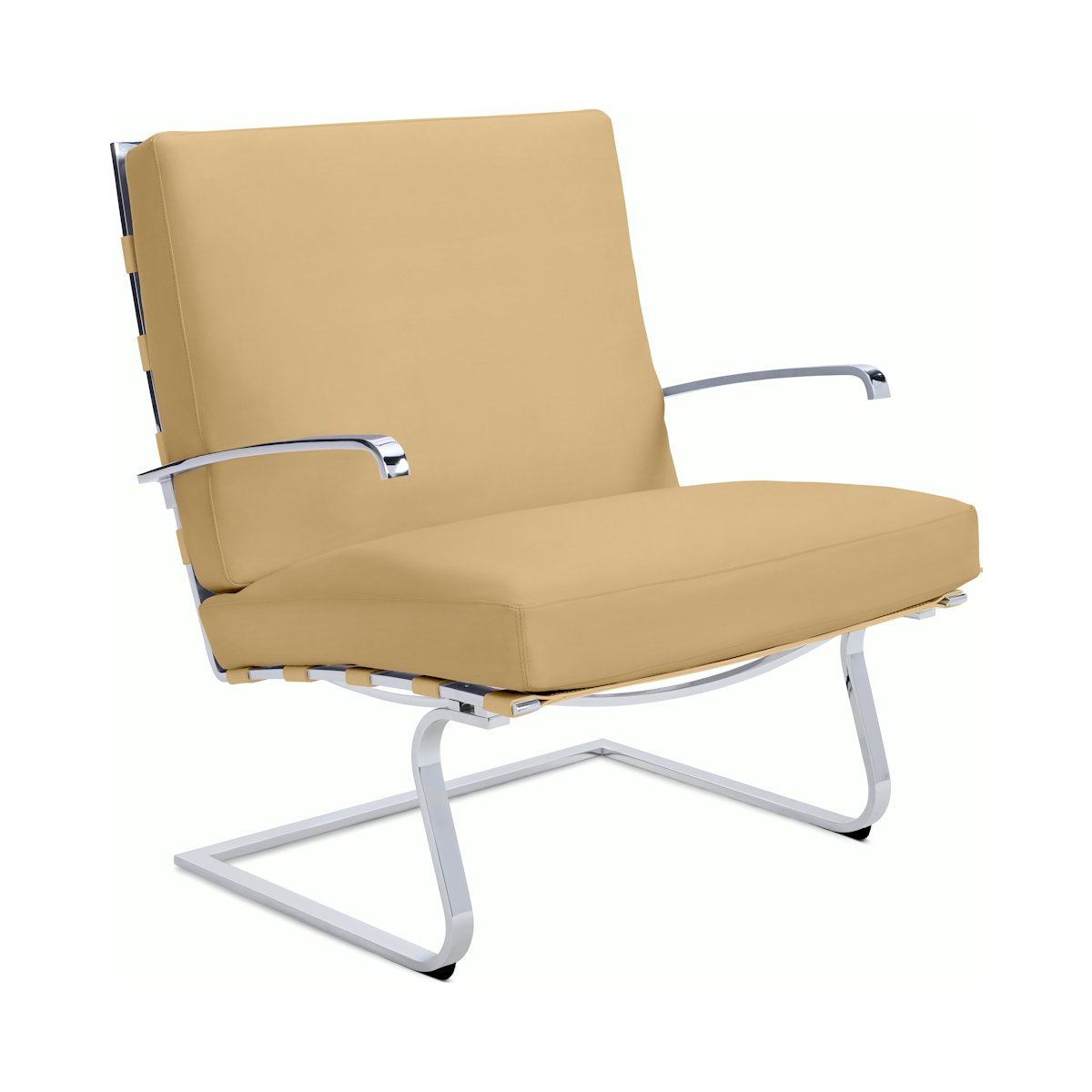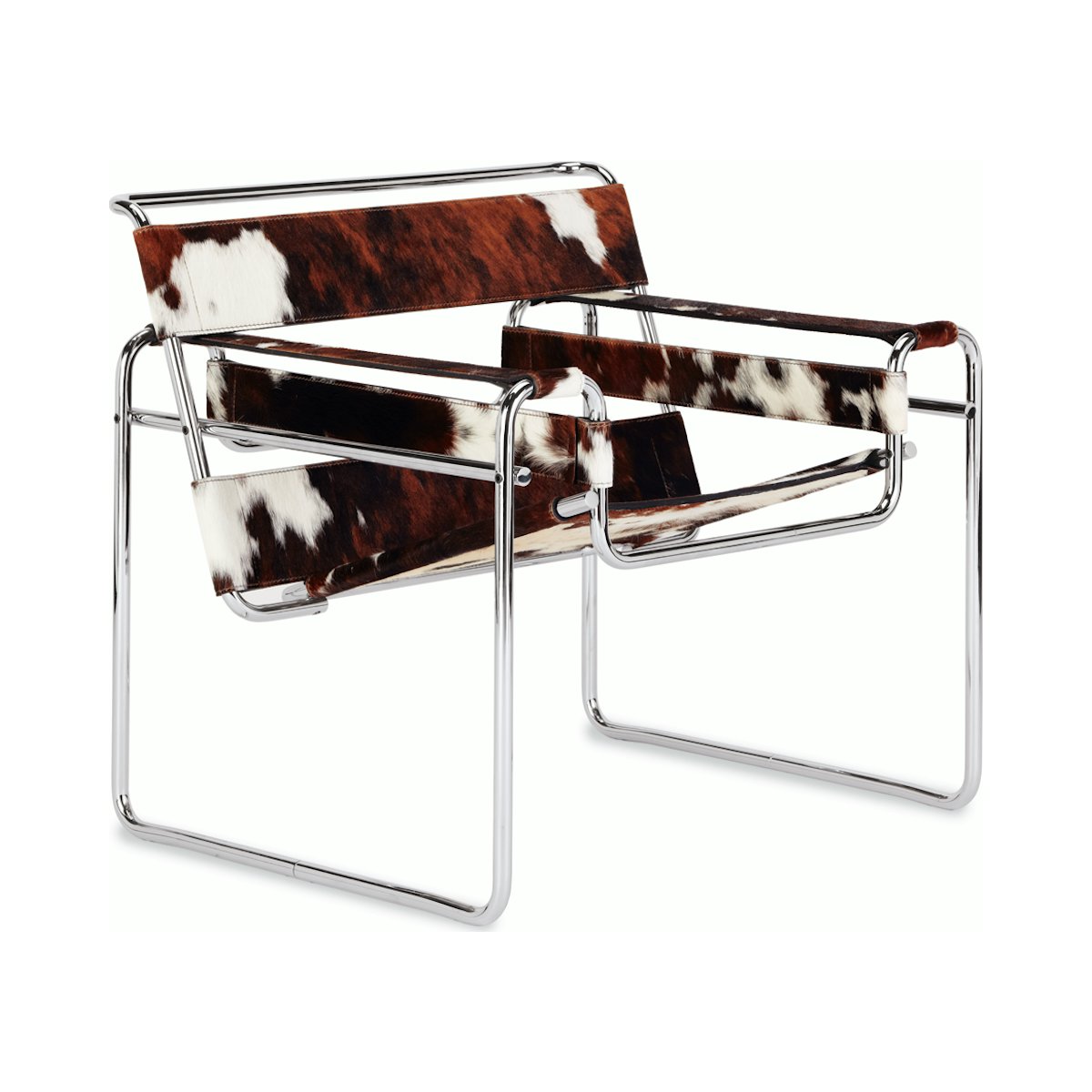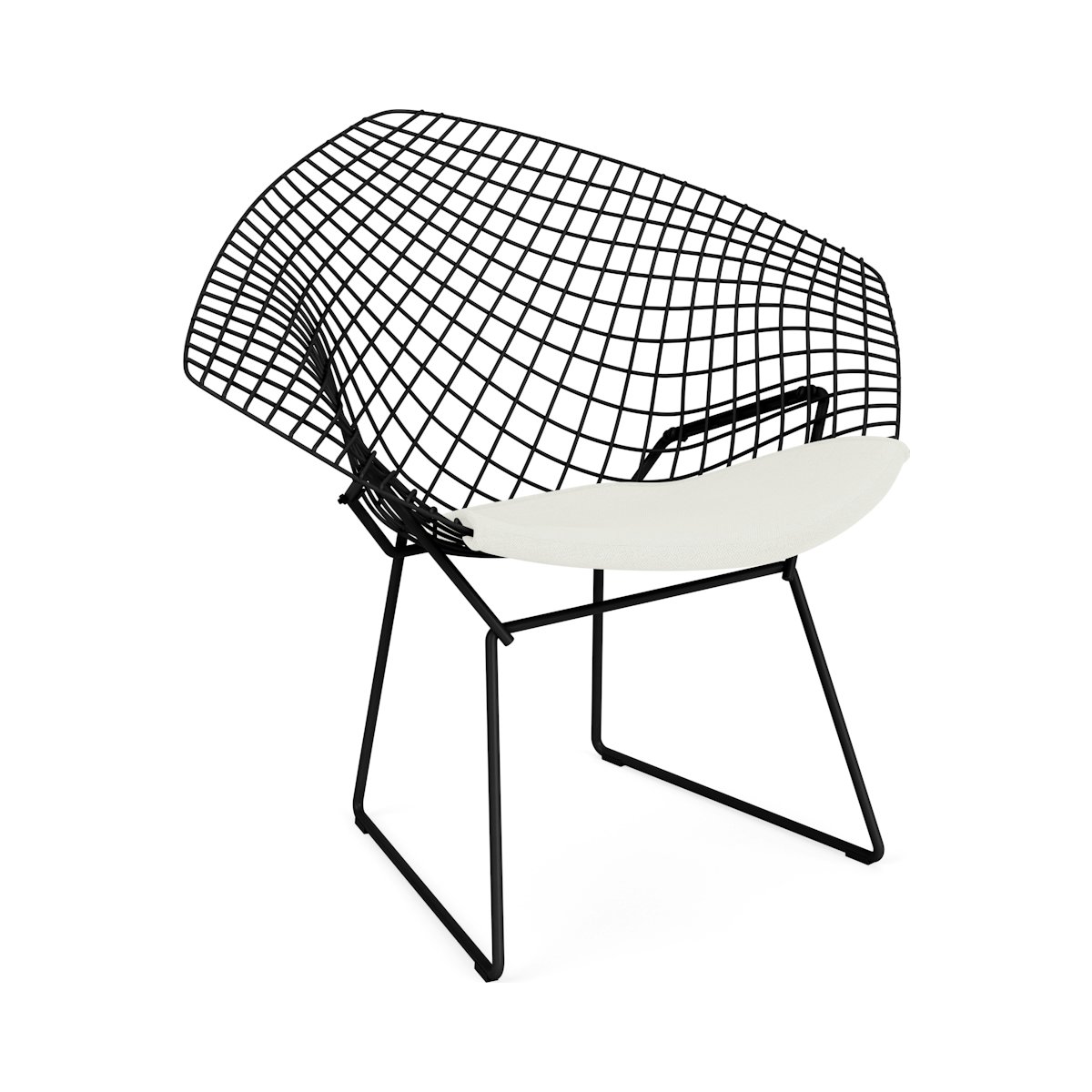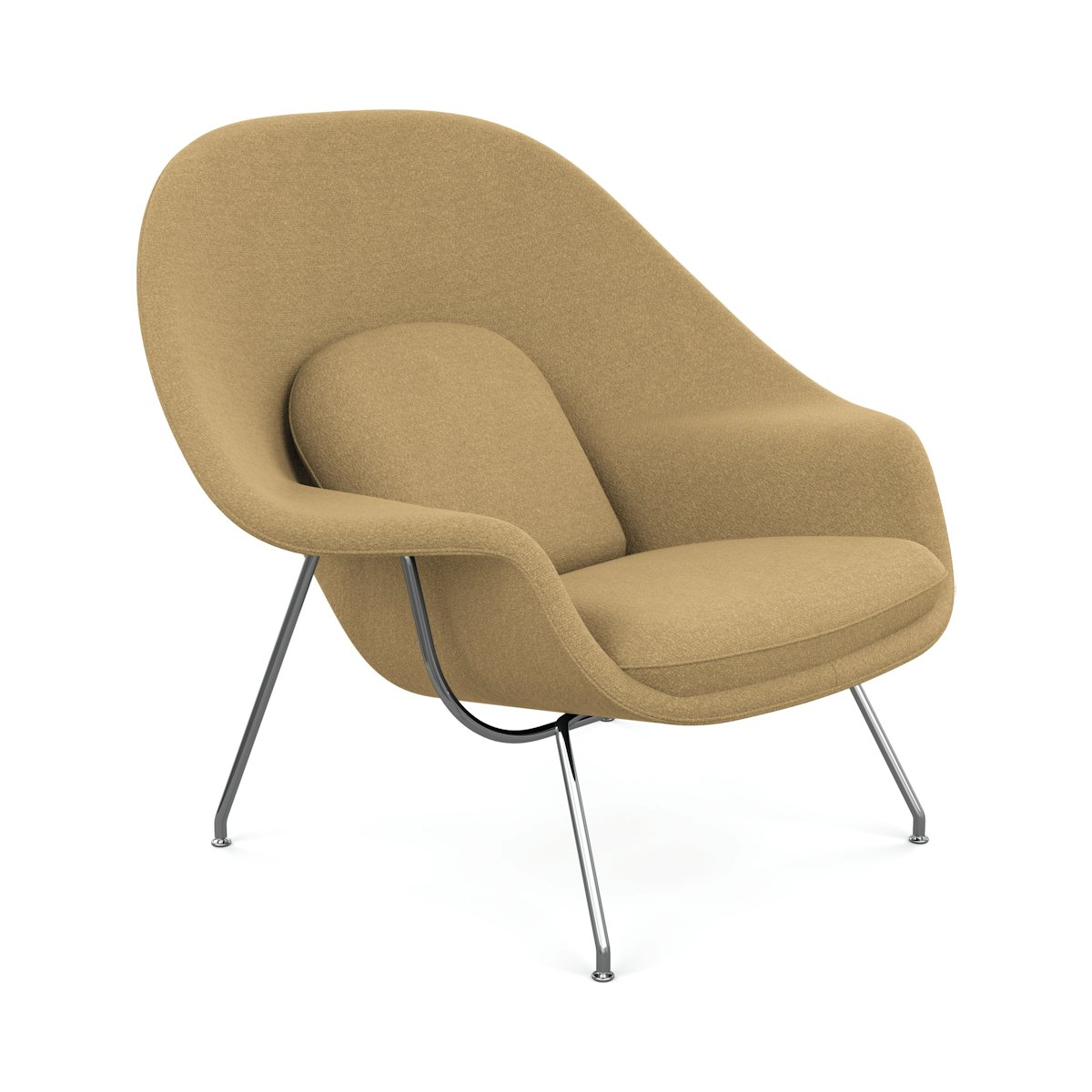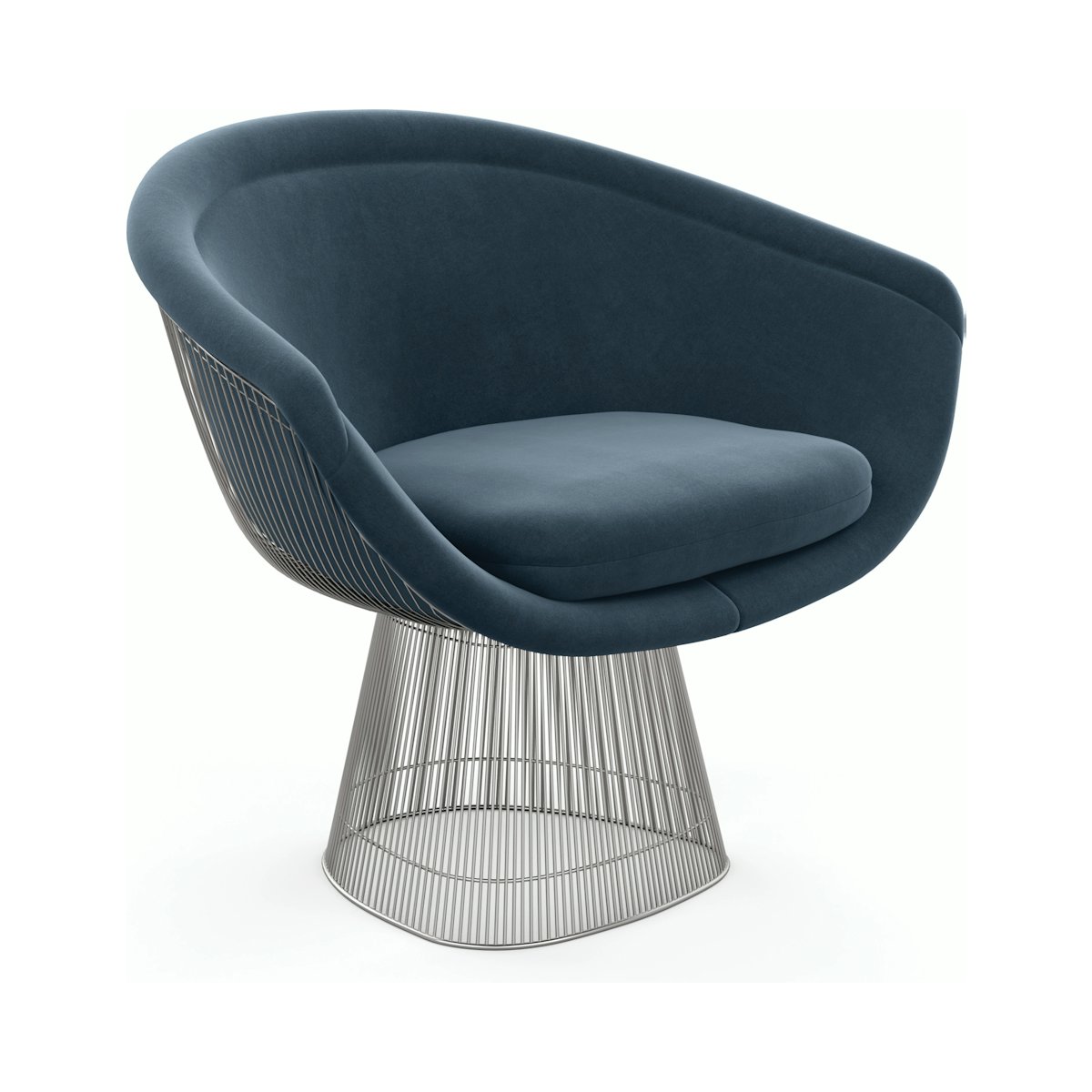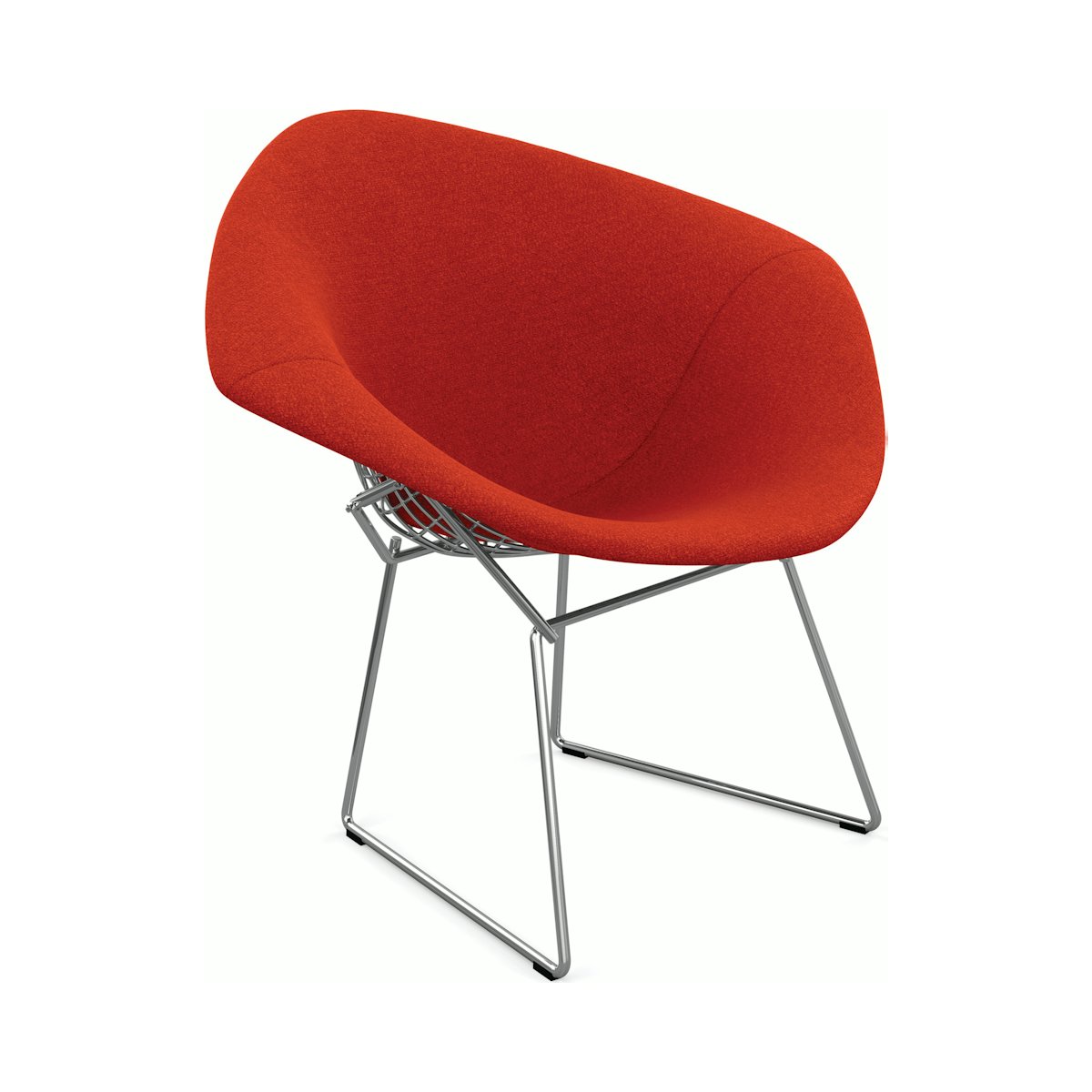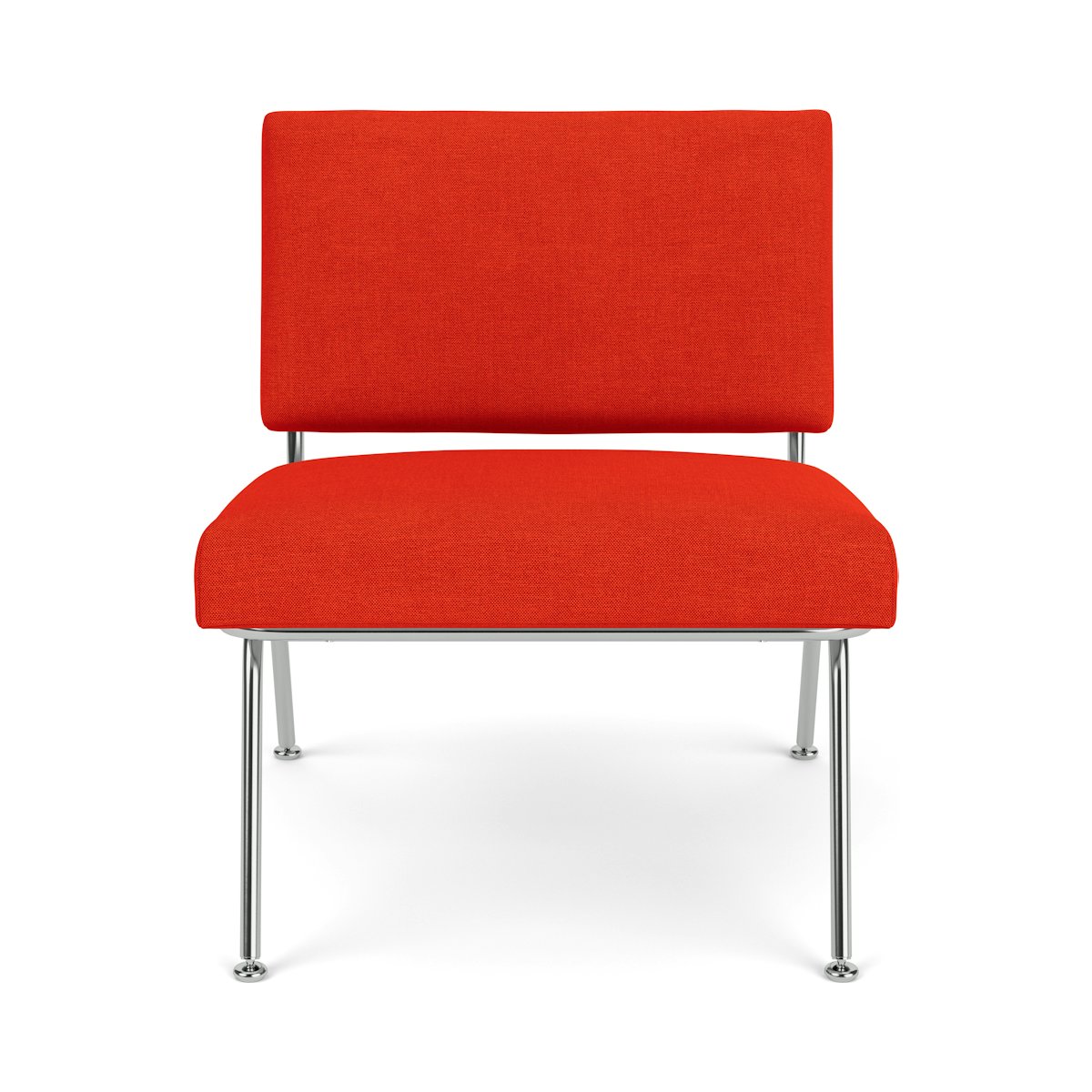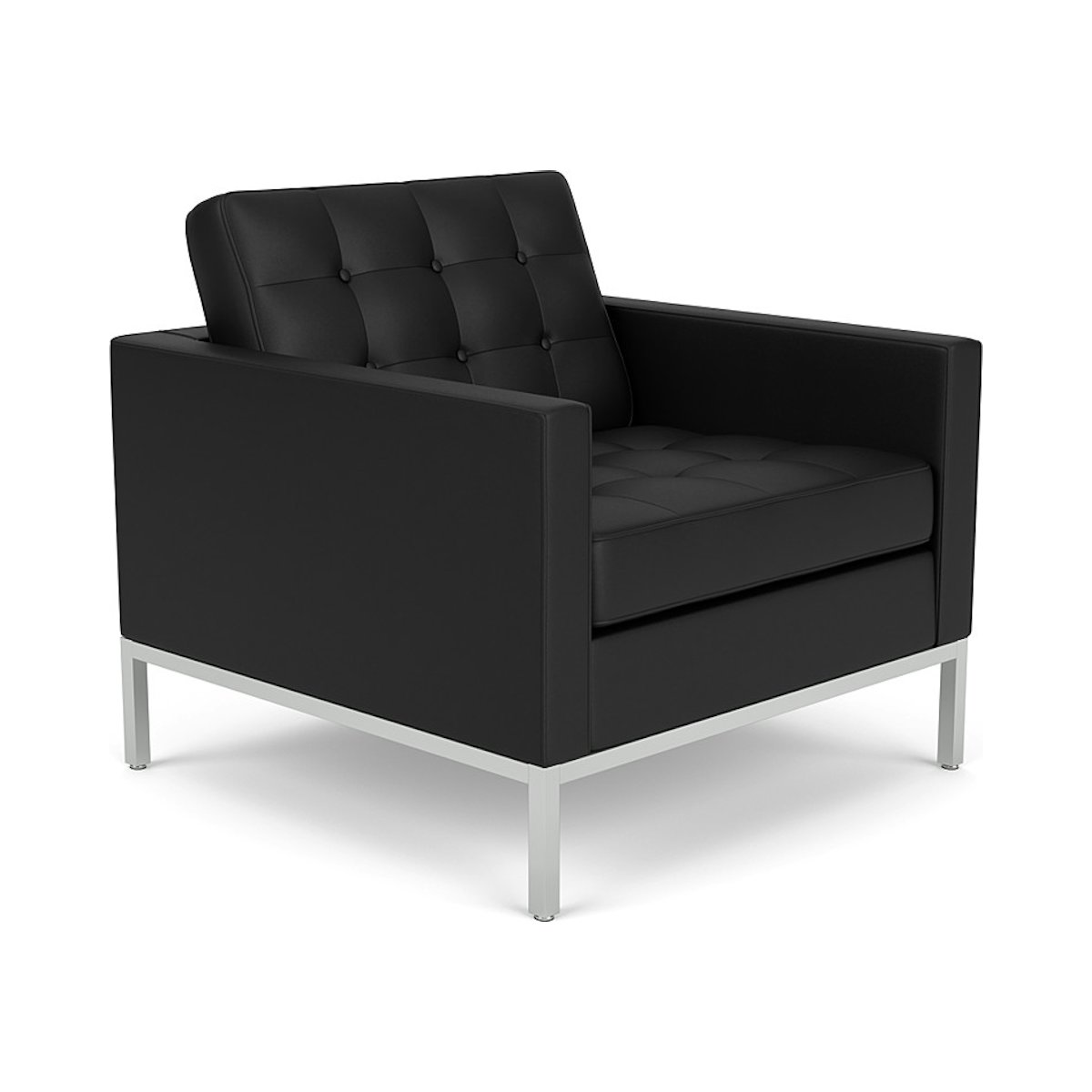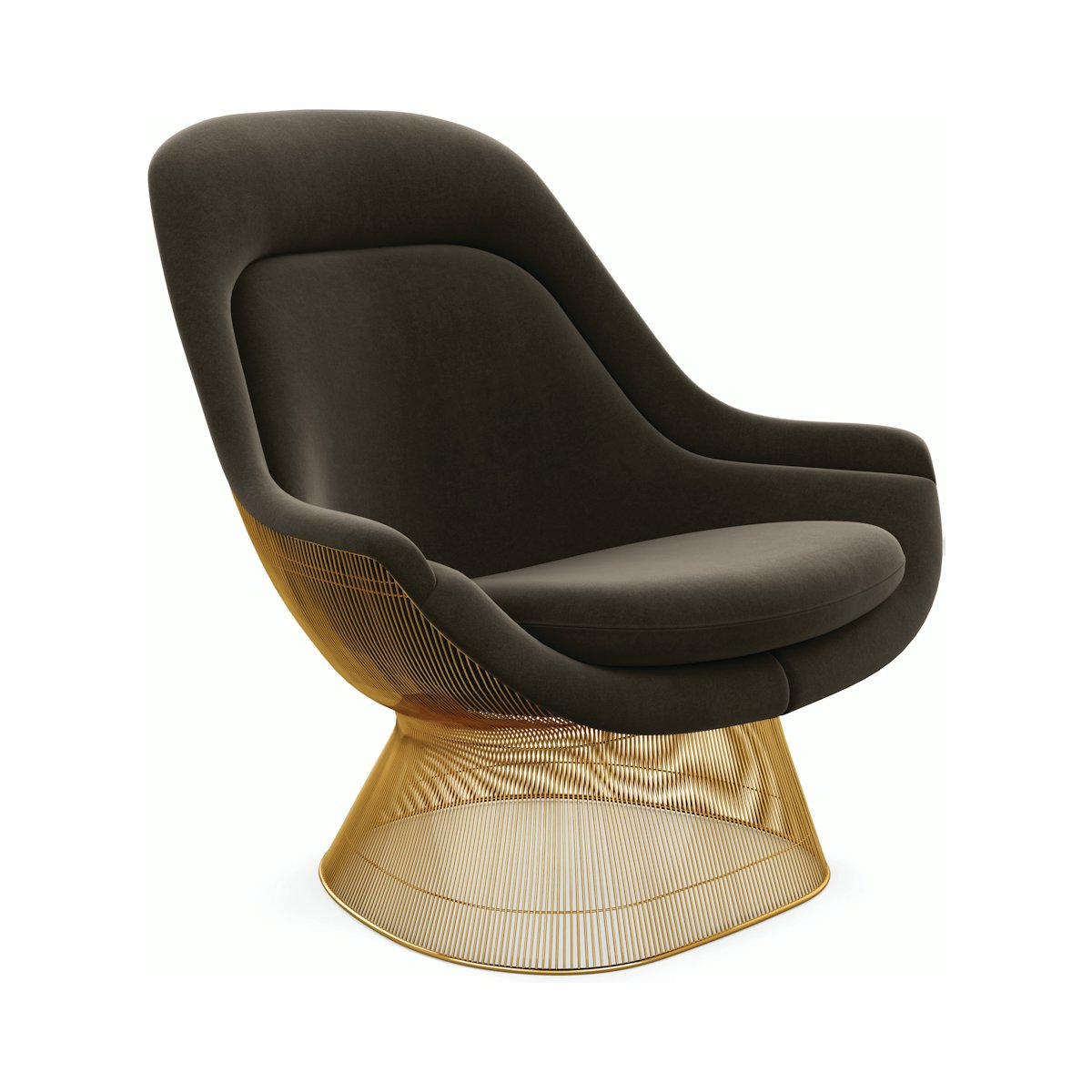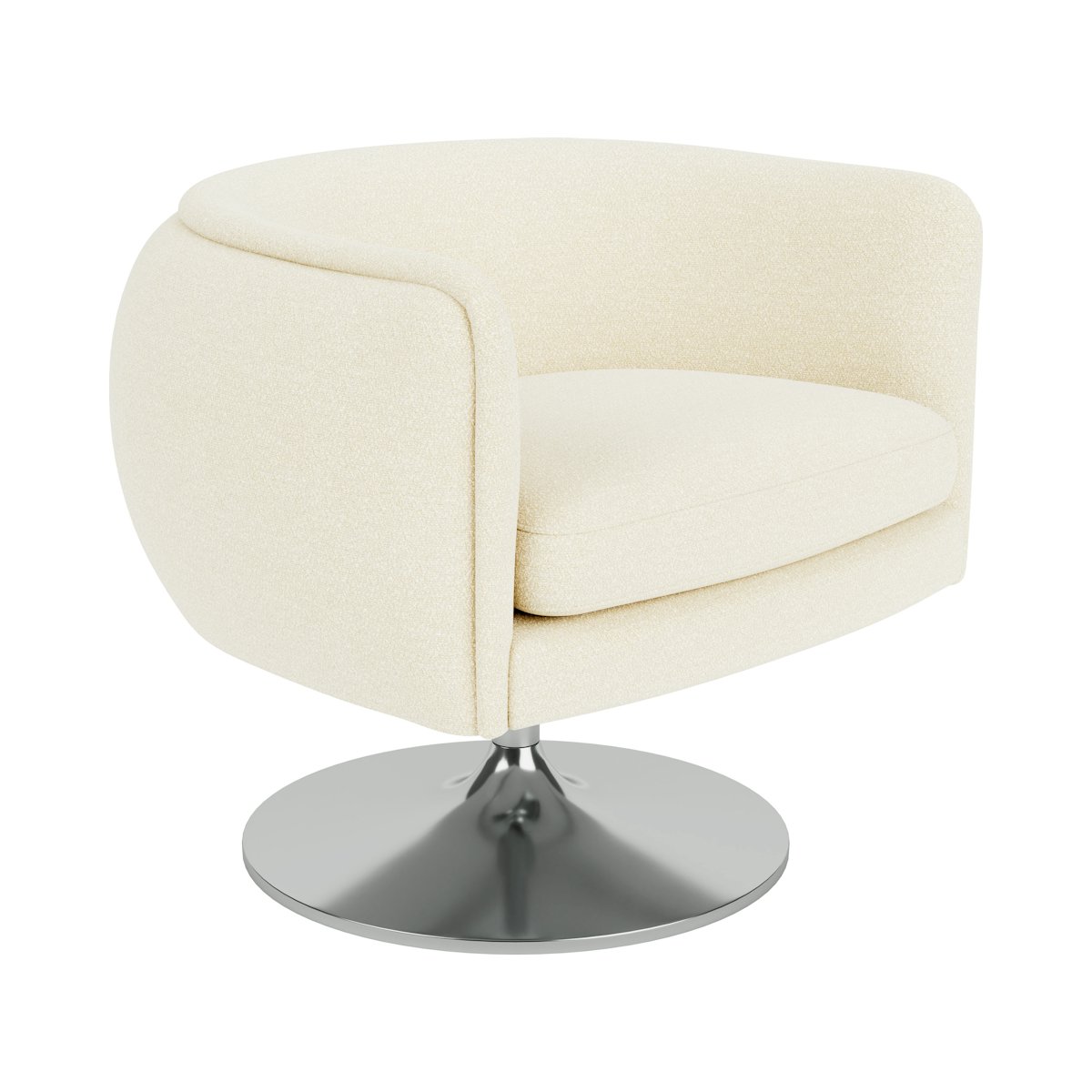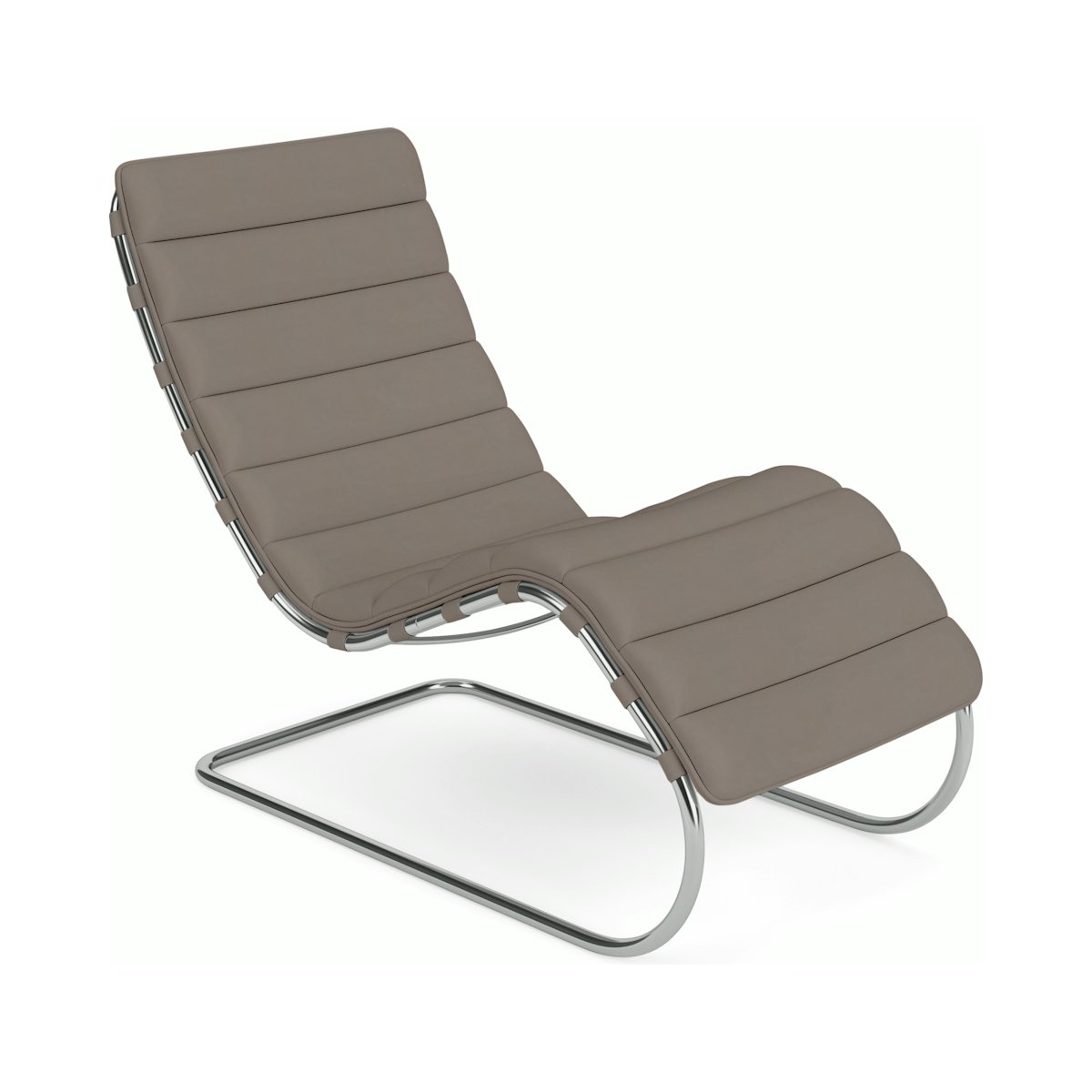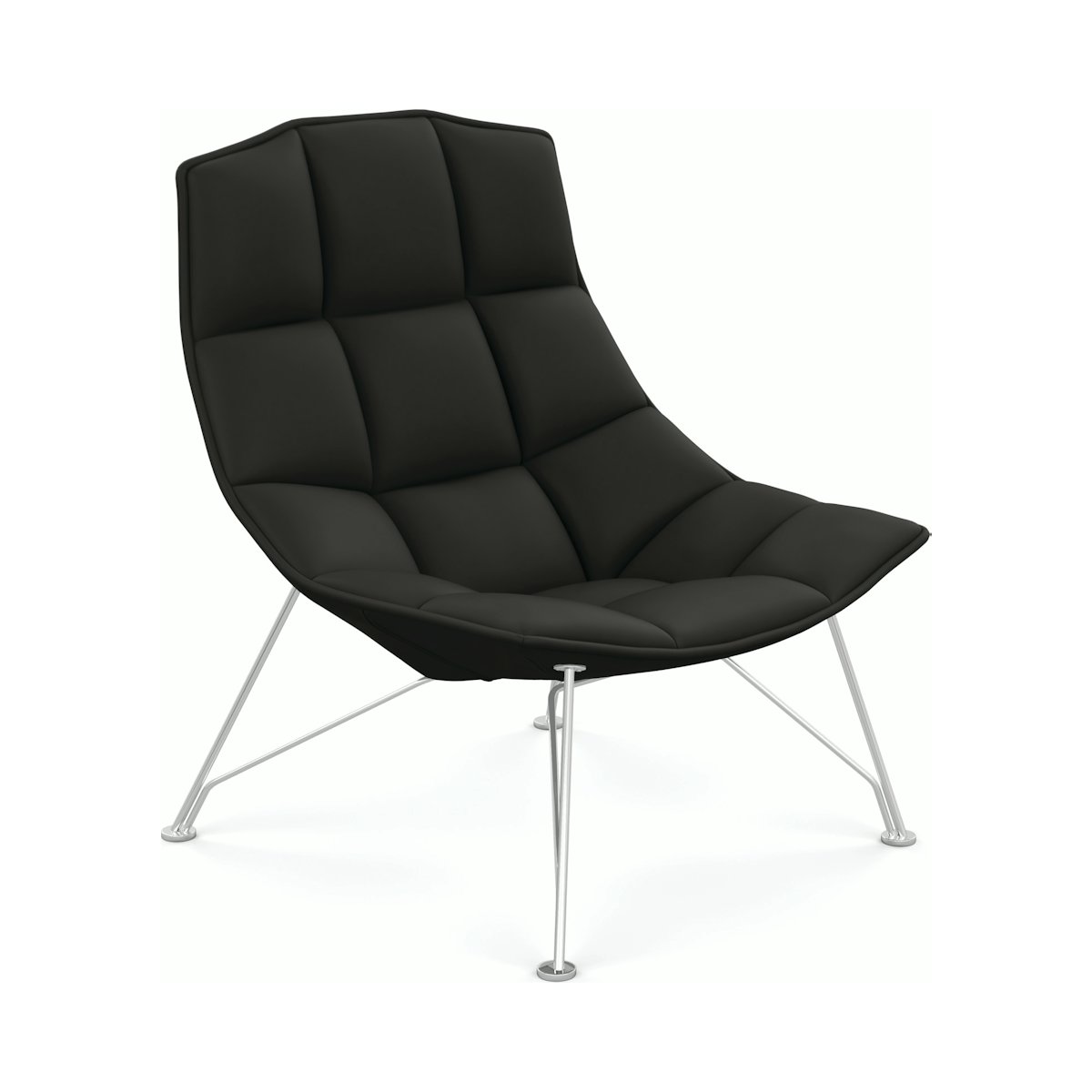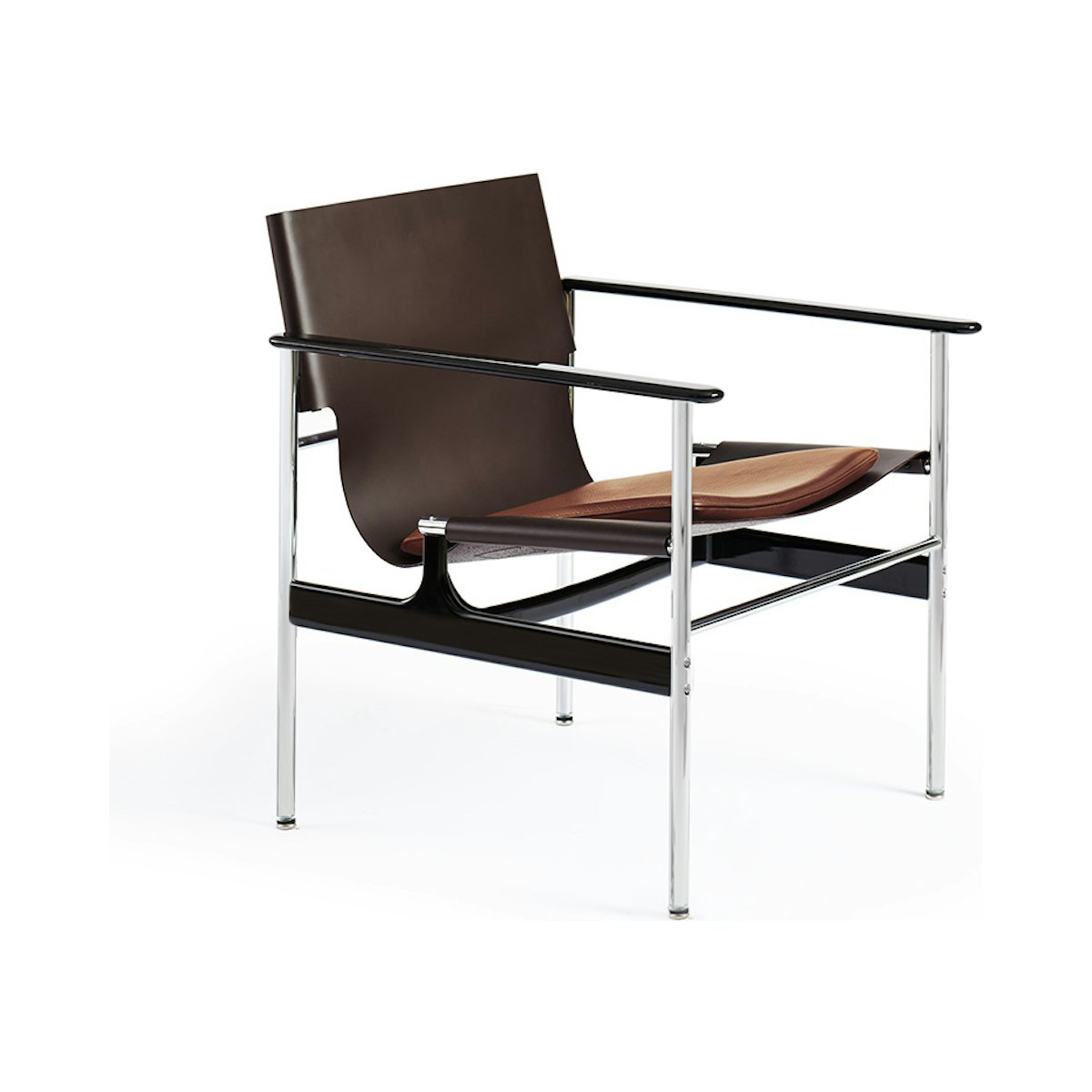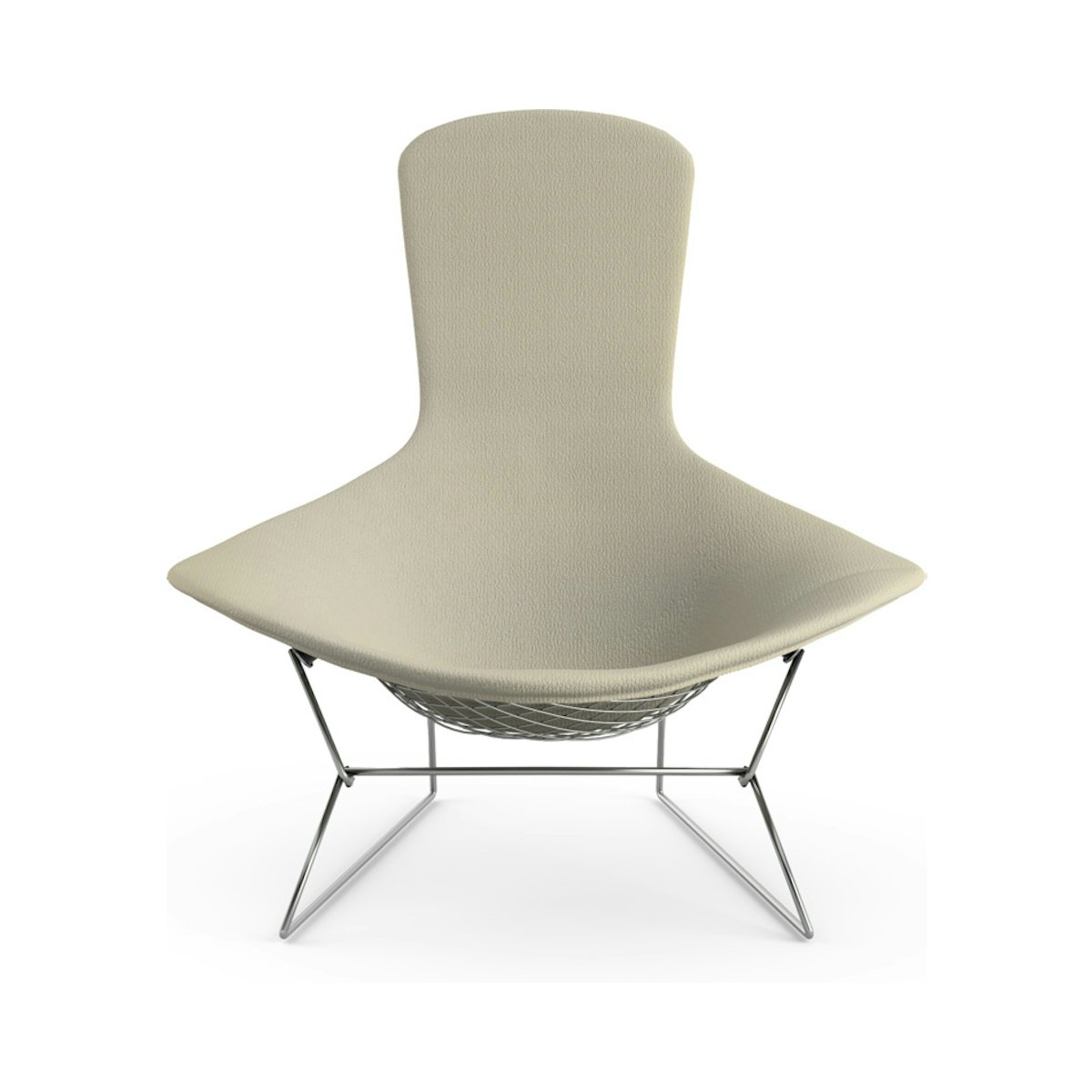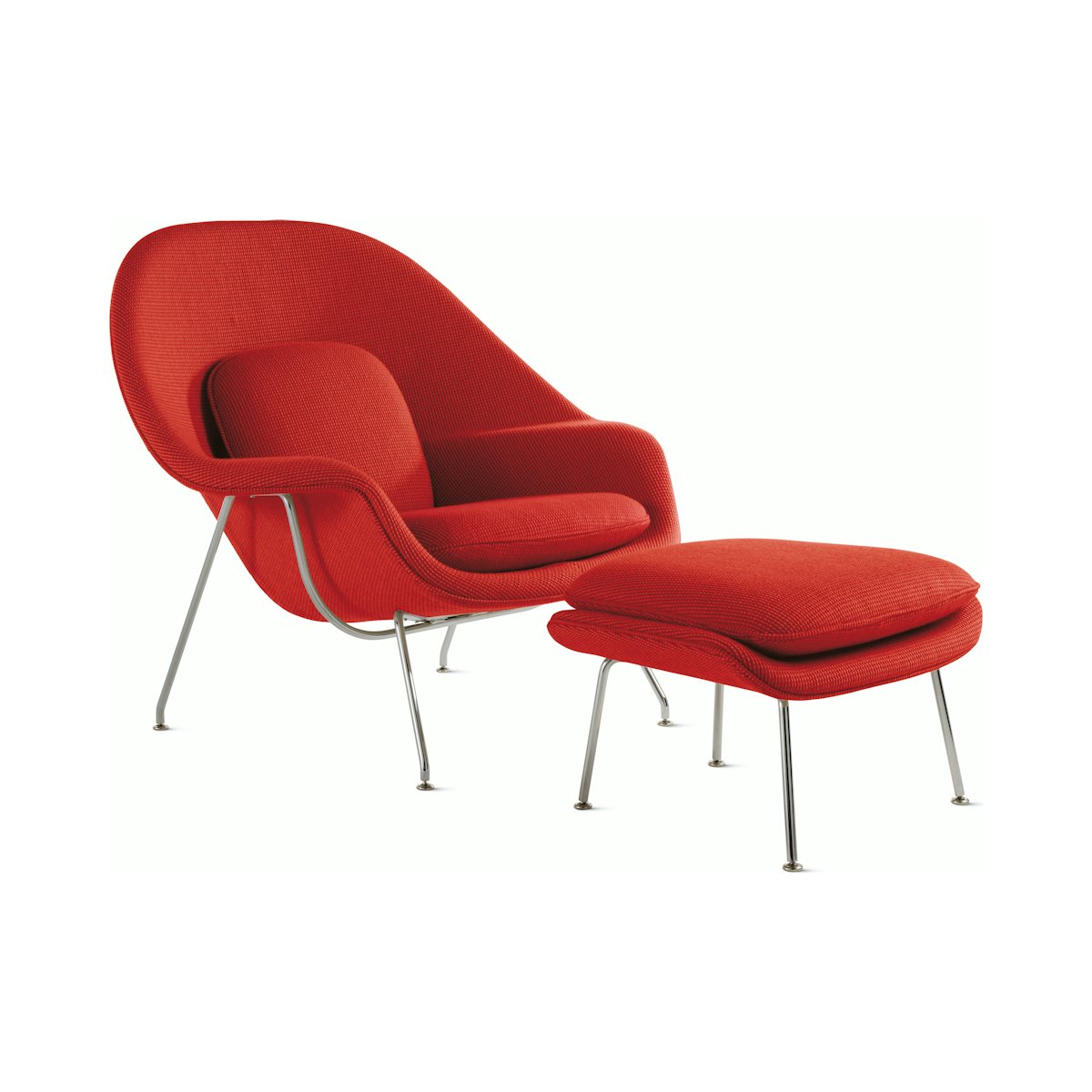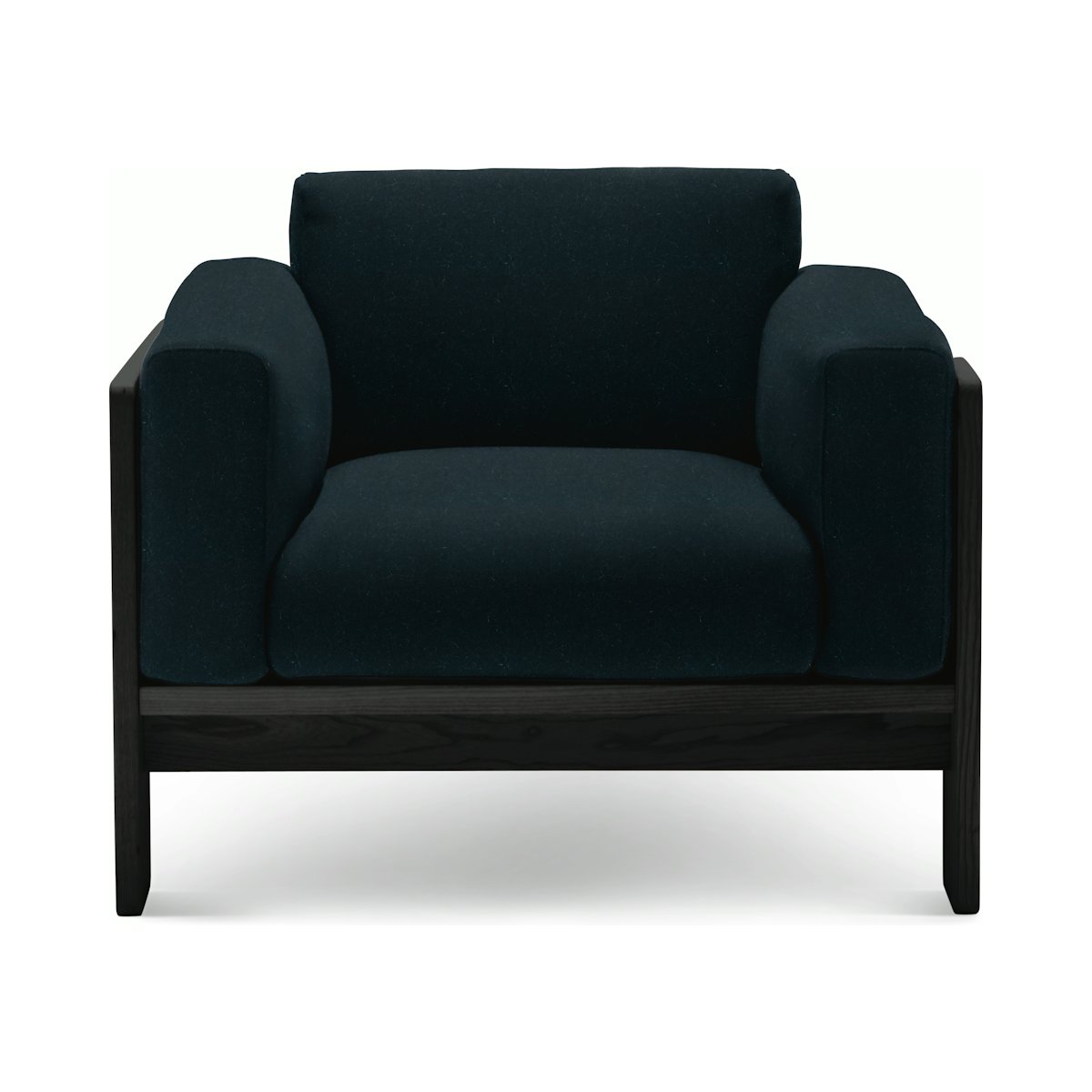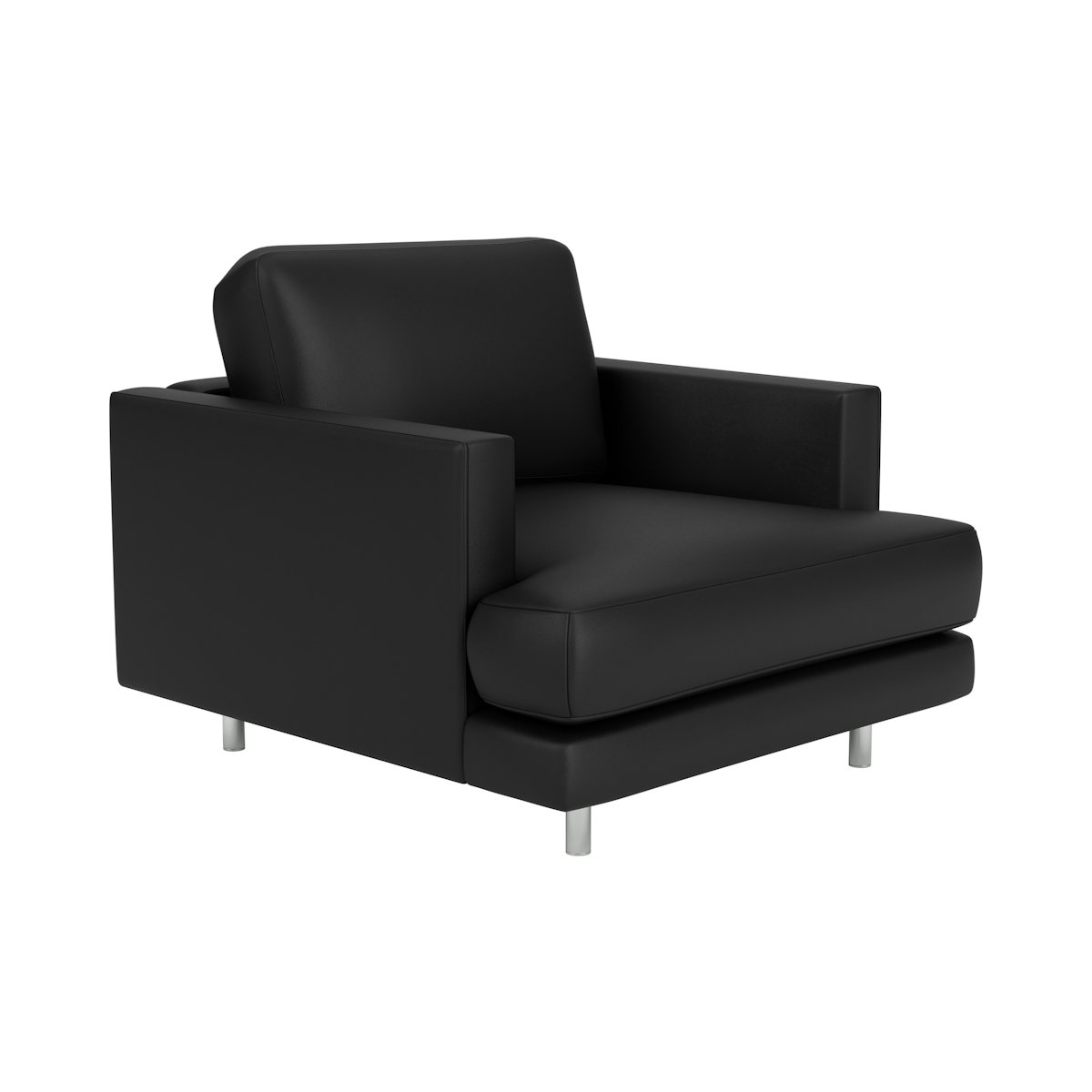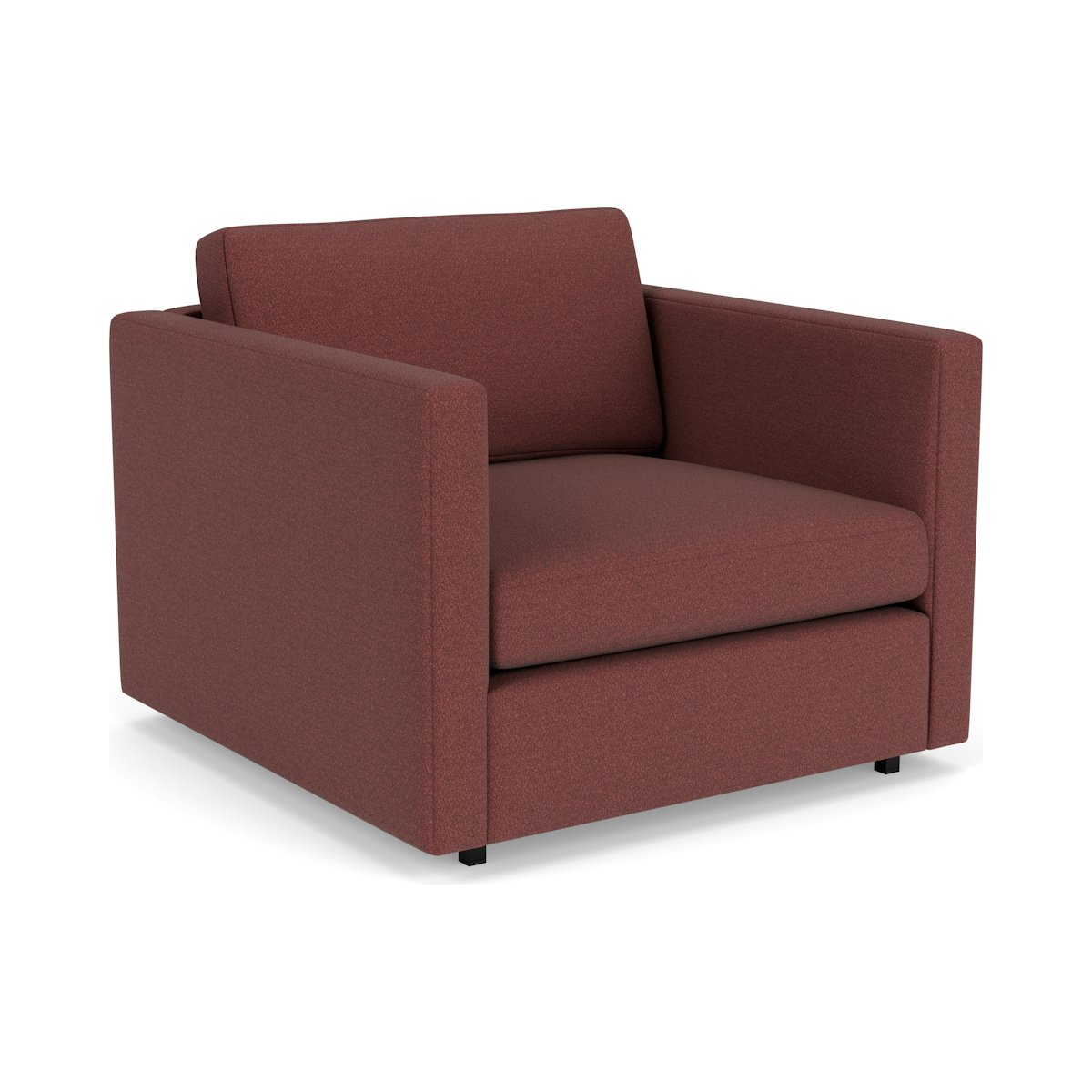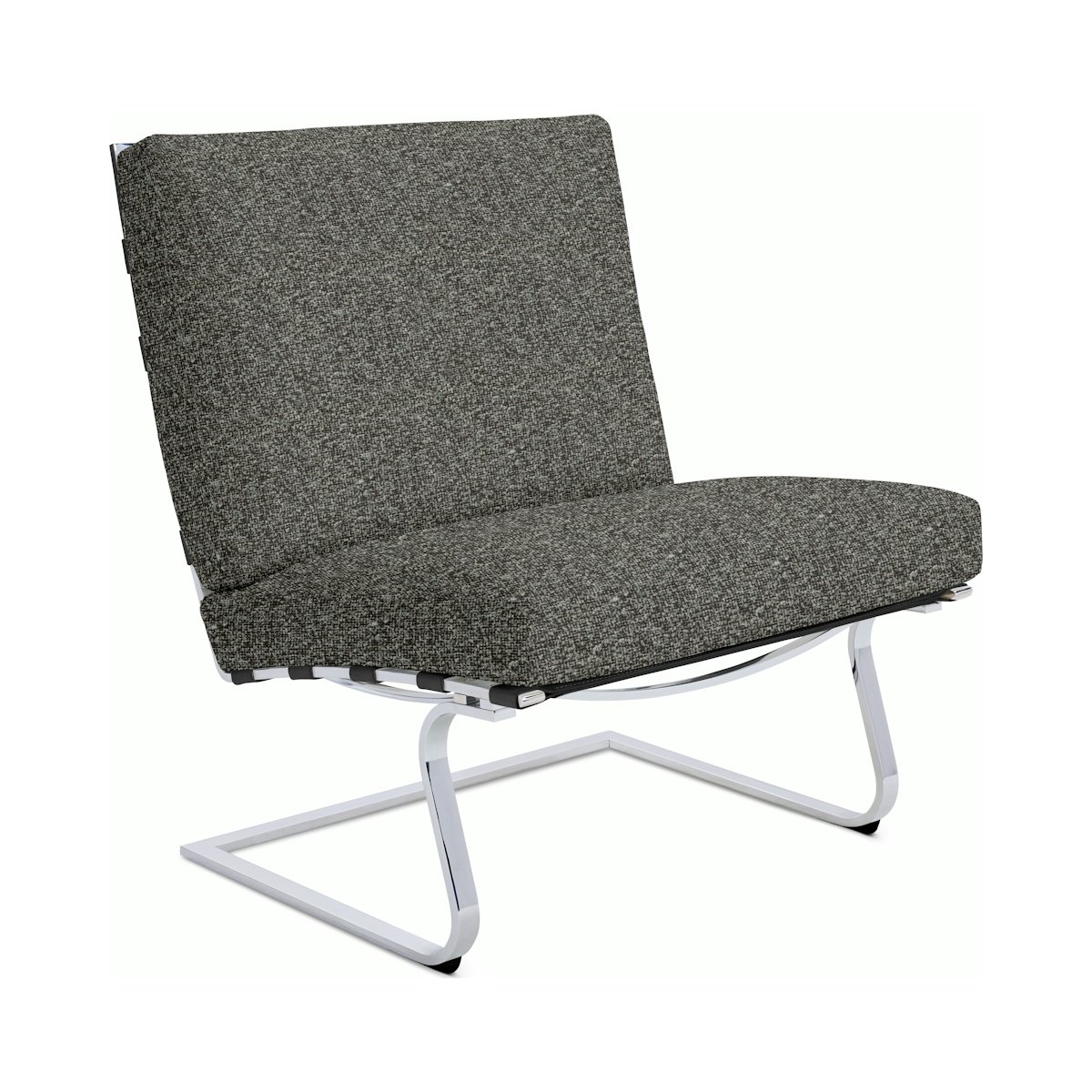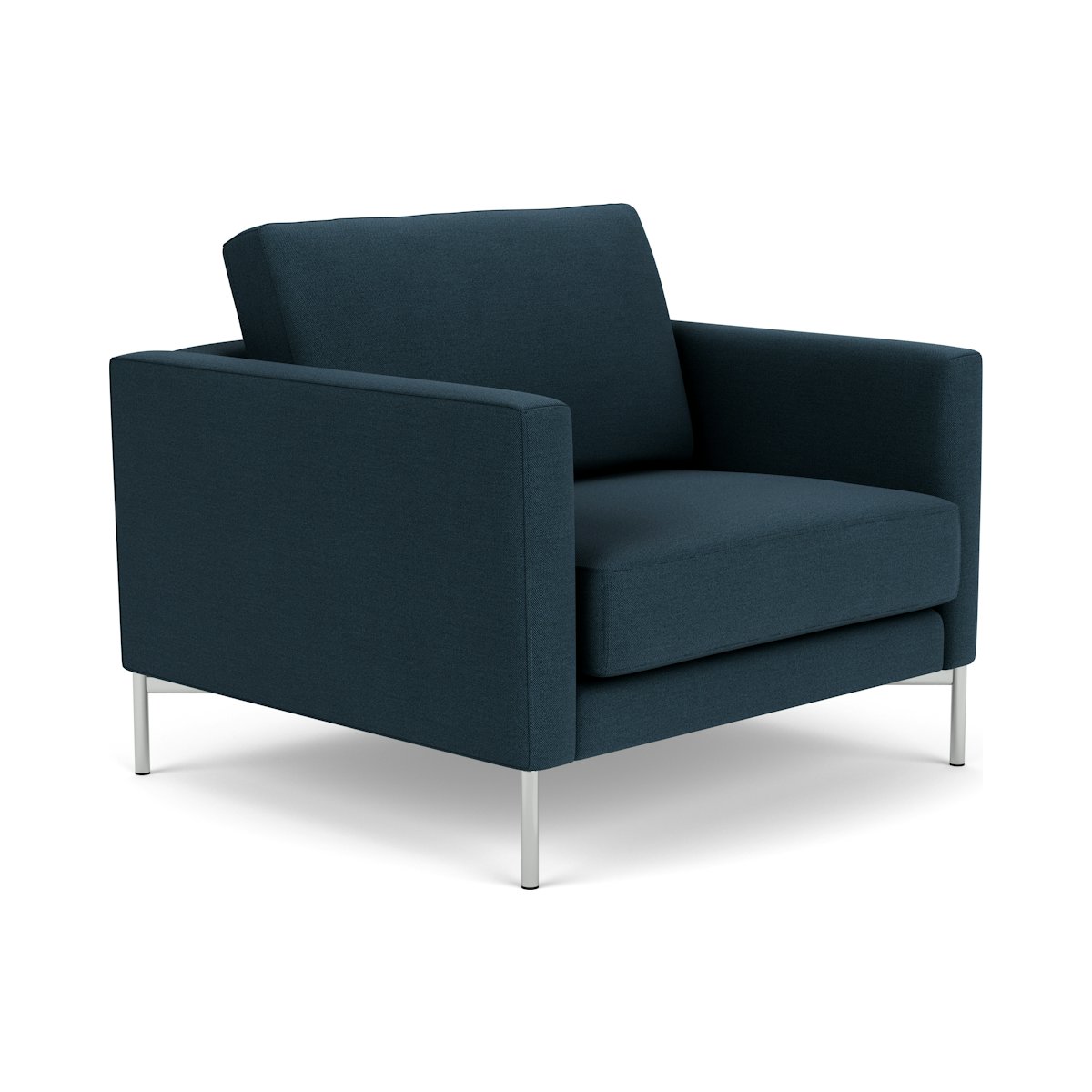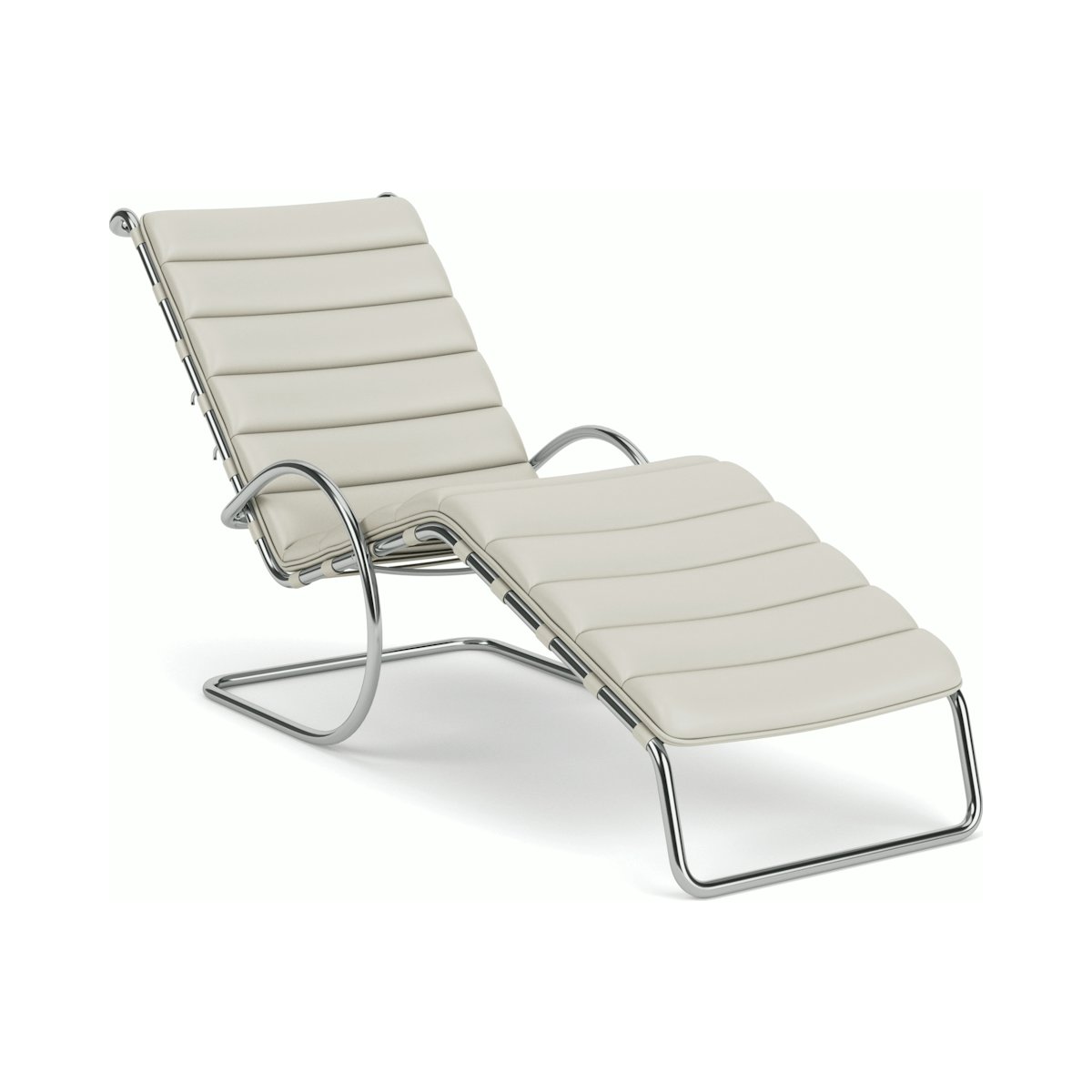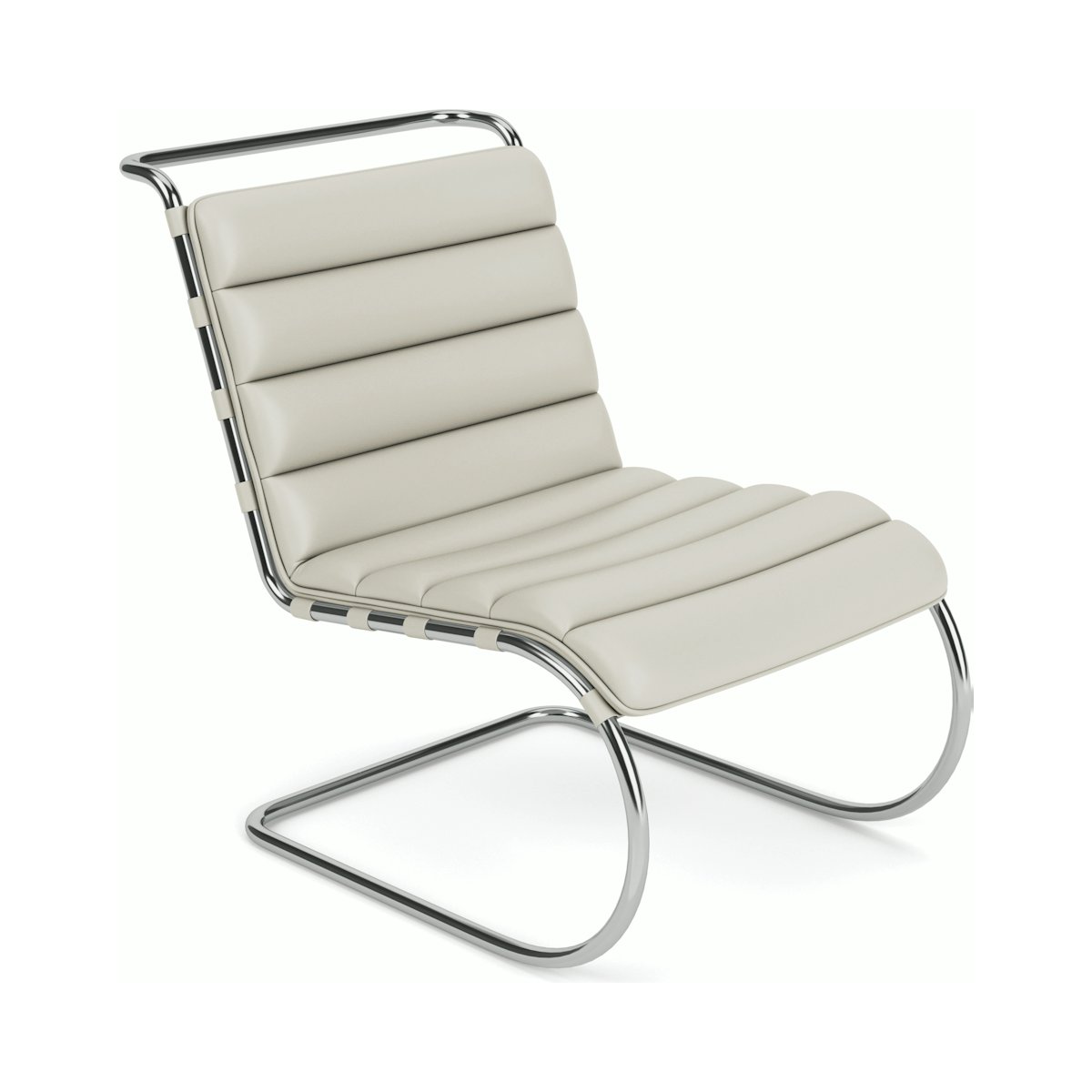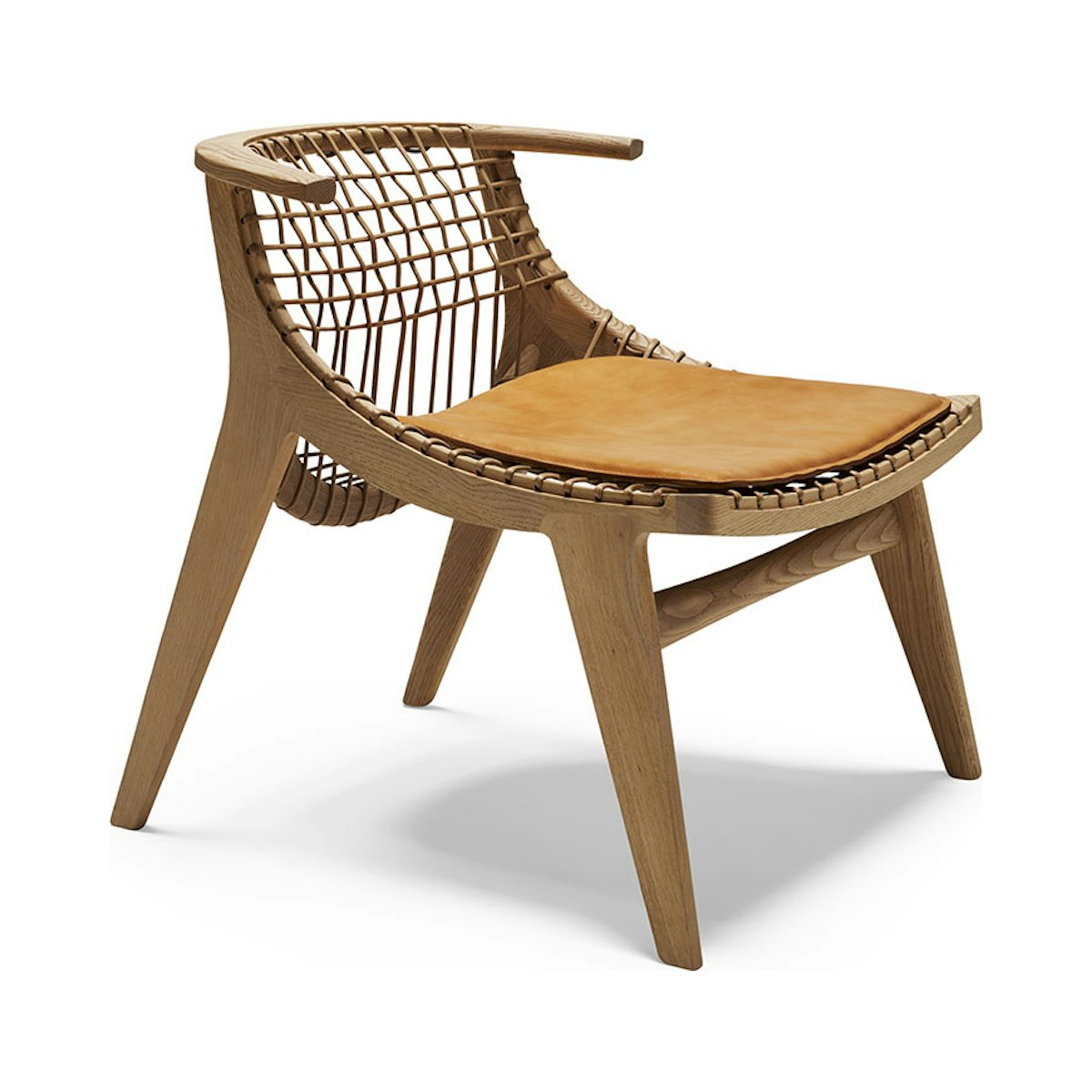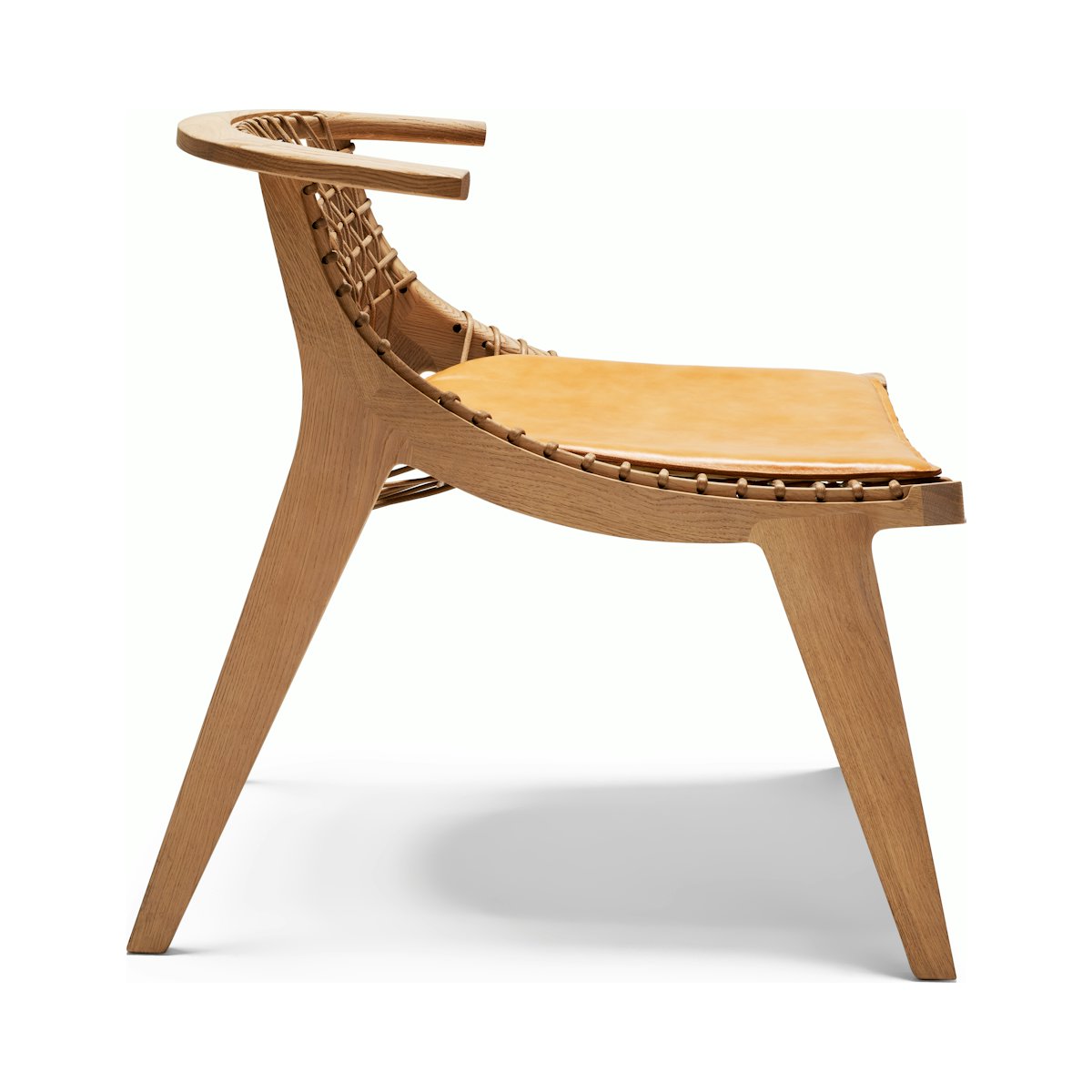View
Modern and contemporary living room armchairs
Modern living room lounge chairs and armchairs come in a wide variety of design aesthetics. Whether they’re acting as central pieces around which the rest of the room is constructed or as accent or side chairs that provide a comfortable seat when needed, living room lounge chairs are home design staples. When looking for the right armchair for your living room, it’s important to consider whether the chair should be structural or organic in form, what the overall chair silhouette should be and how many legs it should have, and what material should comprise most of its form.
Structural or organic design?
Part of the beauty of modern armchair design is that it isn’t just one thing. Some modern lounge chairs are all about structure: their lines are rectangular or boxy and the overall design is meant to be striking and architectural, as well as supportive of the neck and back. Structural lounge chairs can be used to complement other furniture pieces with comparable lines or as a statement piece to draw the eye. Modern living room armchairs with organic forms are often similarly eye-catching. From oval-shaped chairs with deep seats to lounge chairs that resemble large rose petals, living room armchairs with organic shapes are designed to balance the support they provide with their stunning design aesthetic.
Living room lounge chair legs
For such a simple, fundamental aspect of living room lounge chairs, their legs are available in a surprising number of options. However, because stability is a priority for every option, your modern living room armchair’s legs should primarily be a silhouette-driven decision. The most traditional lounge chair legs are the four tubular or square legs that sprout from the four corners of the chair’s seat. Because these legs form the expected lounge chair silhouette, they play more of a supporting role to a chair’s design aesthetic. On the other end of the spectrum, modern living room lounge chairs with a singular round leg, or tulip chairs, form a striking silhouette that entirely depends on that leg. Whether that leg is a simple aluminum base or constructed from connected steel wire rods, single-legged lounge chairs often add an industrial but airy element to a room’s overall design.
Living room armchair material
While there are a variety of options for living room lounge chair material, they tend to fall into one of three categories: fabric, leather, and metal. The fabric used for lounge chairs’ slings or seats is often incredibly high quality, meaning the softest suede or 100% cotton to provide a maximally comfortable experience. Because fabrics come in a wide assortment of colors, armchairs that use fabric can range in colorway from the most basic neutrals to brilliant and bold patterns. While leather is less versatile in color, lounge chairs with leather cushions are buttery soft and made to last. And metal typically forms the base and frame of the chair, providing strength and stability as well as contributing to the chair’s overall modern aesthetic.
Knoll living room armchairs
Knoll offers a range of modern living room lounge chairs. Designed by Eero Saarinen in 1948, the Womb Chair was groundbreaking in its inception and continues to provide stunning seating that takes its occupant’s comfort seriously. Completely different but equally iconic, the Wassily Chair is the perfect combination of hard and soft, with a tubular steel frame forming the basis of the chair and cotton or leather slings acting as the arm, back, and seat support. A modern classic, the Barcelona Chair has a hand-buffed steel frame paired with back and seat cushions made from individual leather squares that have been welted together. And the Bertoia Diamond Chair is the ultimate in modern lounge chair design, with a sculptural yet rounded seat available in a variety of upholstery and metal finishes, making it both unique and versatile.
